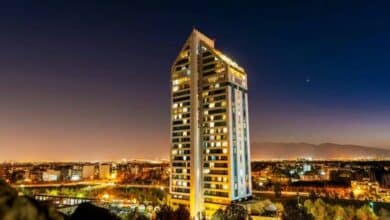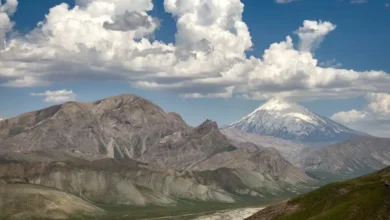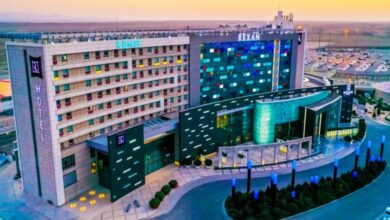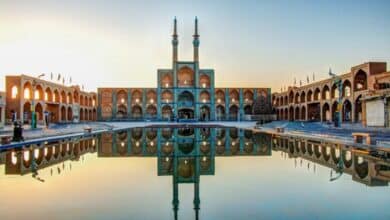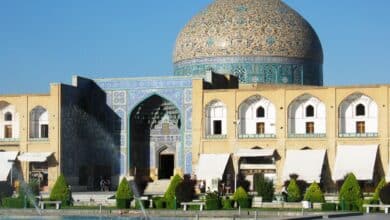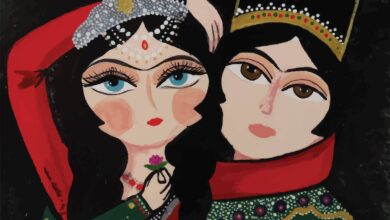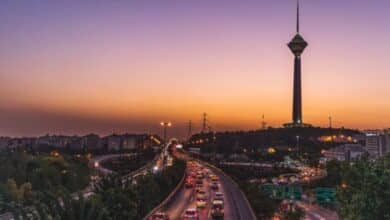Isfahan Travel Guide: Must-See Sights and Attractions
Essential Isfahan Travel Tips
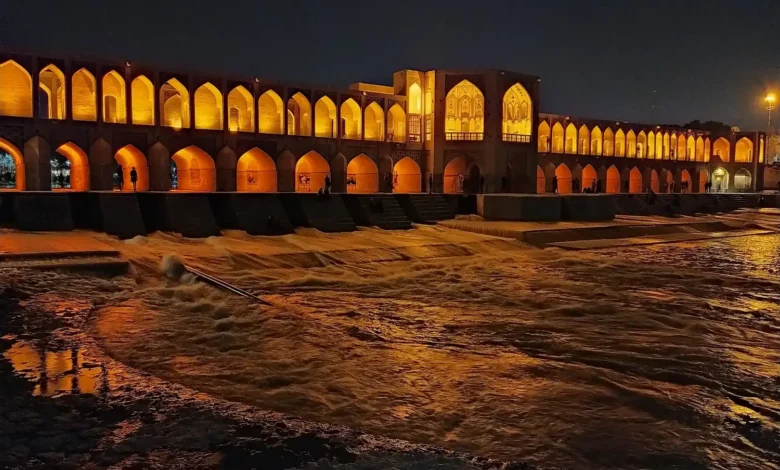
Isfahan, also known as Esfahan or Isphahan, is a historic city located in central Iran. It has a rich history dating back over 2,500 years, making it one of the oldest continuously inhabited cities in the world. Isfahan’s strategic location along the Zayandeh River and at the intersection of important trade routes contributed to its prominence and prosperity throughout various periods of history.
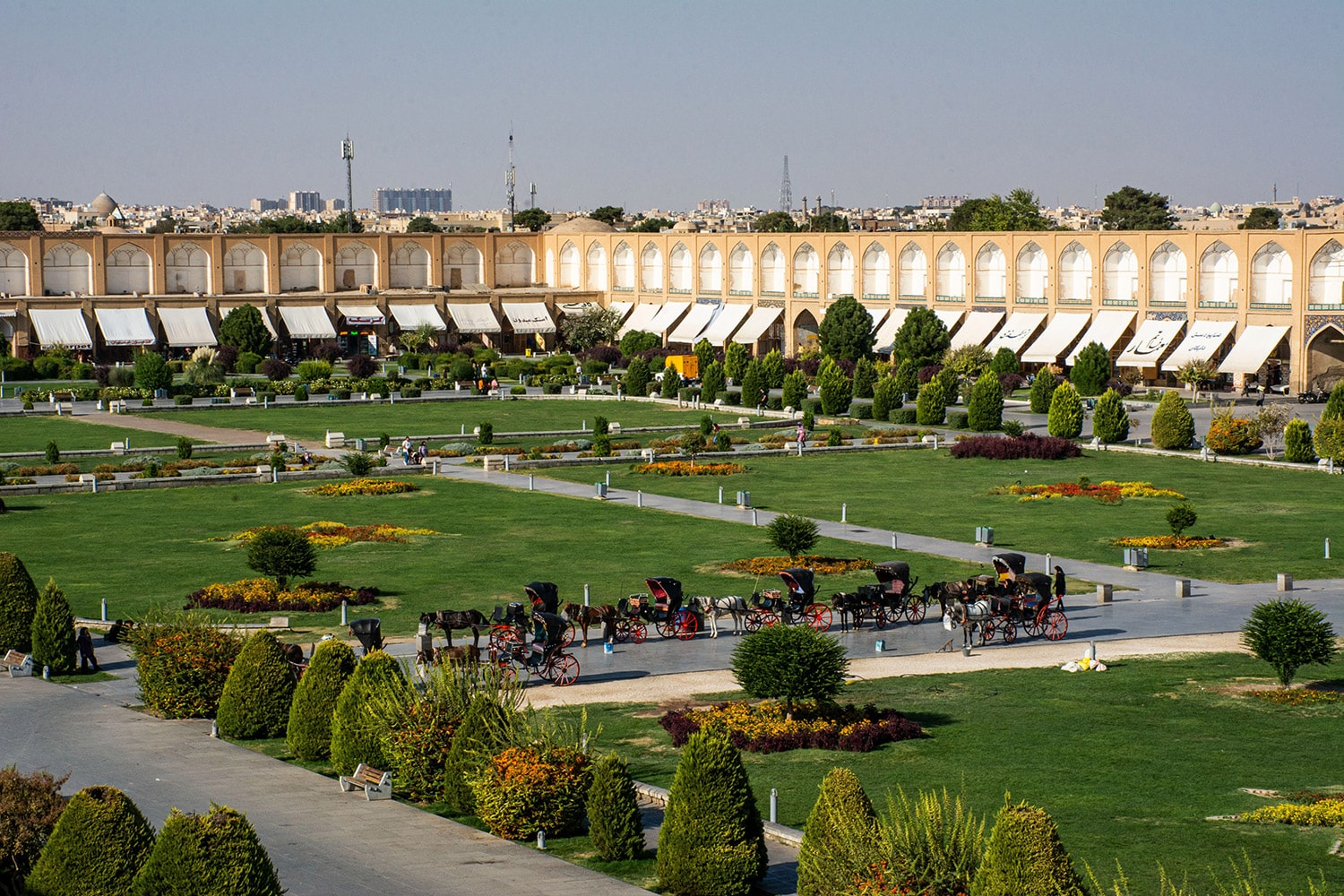
During the Safavid period, Isfahan turned into a mixture of societies and religions, with a different populace including Persians, Armenians, Jews, and others. It was eminent as a center of craftsmanship, science, and business, drawing in merchants and explorers from all over the world.
Contents
Today, Isfahan stays a social and authentic diamond, drawing in tourists and guests from around the globe. Its various tourist spots, scaffolds, and gardens, alongside its rich social legacy, deserve it the nickname “Nesf-e-Jahan” (Half of the World). The city’s great importance, along with its fascination, keeps on making it a beloved destination for travelers trying to explore the fortunes of Iran’s past.
Book Isfahan Daily TourMust Visit Places
Isfahan is a city rich in history, architecture, and culture, offering guests an enthralling look into Iran’s celebrated past. There are various must-visit places in Isfahan that grandstand the city’s magnificence and quality. Here are a portion of the top attractions:
Naqsh-e Jahan Square (Imam Square)
This notable square is the core of Isfahan and perhaps of the biggest public square on the planet. It was worked during the Safavid time and is encircled by probably the most amazing milestones in the city, including the Imam Mosque, Sheik Lotfollah Mosque, Ali Qapu Castle, and Qeysarieh Market. The square itself is a UNESCO World Heritage Site and a great place to soak in the vibrant atmosphere of Isfahan..
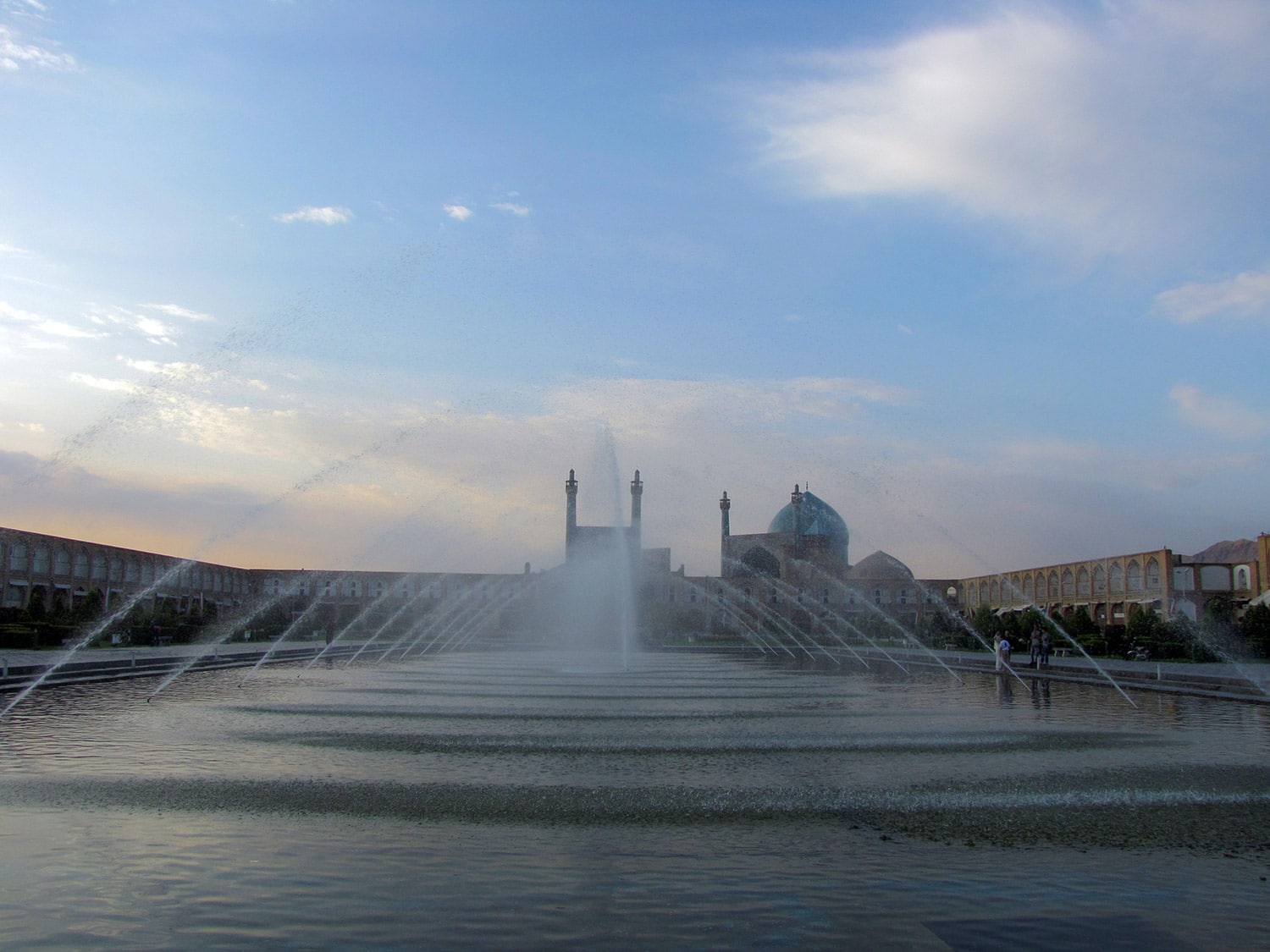
Imam Mosque (Shah Mosque)
Situated on the southern side of Naqsh-e Jahan Square, the Imam Mosque is a work of art of Islamic design. Its shocking blue-tiled arch and unpredictable mosaic work on the walls and roofs are genuinely stunning. The mosque is still being used for supplications, and guests can investigate its wonderful yards and petition lobbies.
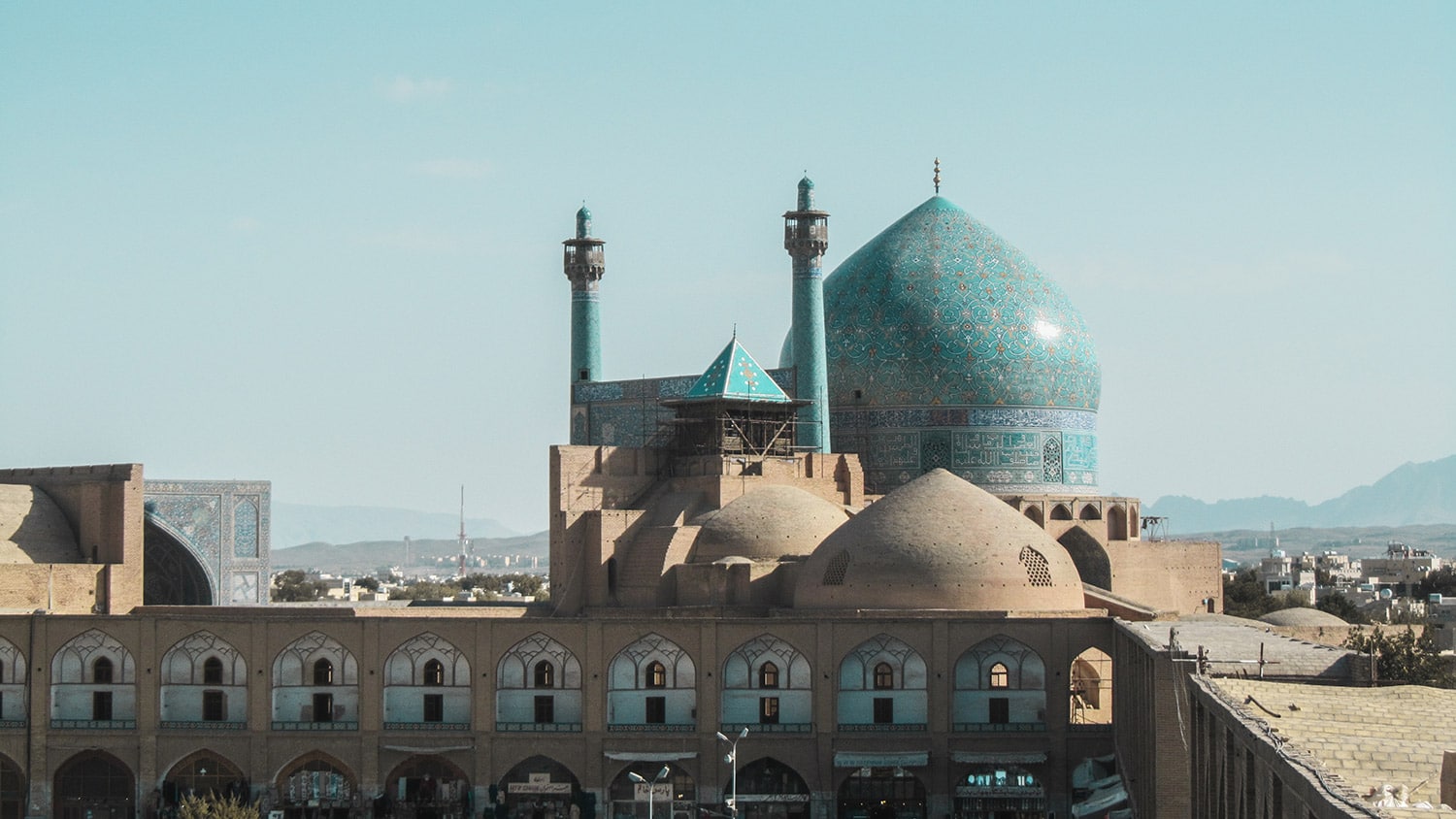
Sheik Lotfollah Mosque
Situated on the eastern side of Naqsh-e Jahan Square, this mosque is famous for its novel, pale-tiled arch and stunning inside plan. Not at all like the Imam Mosque, it was not worked for public petitions to heaven but instead filled in as a confidential mosque for the illustrious family during the Safavid period.
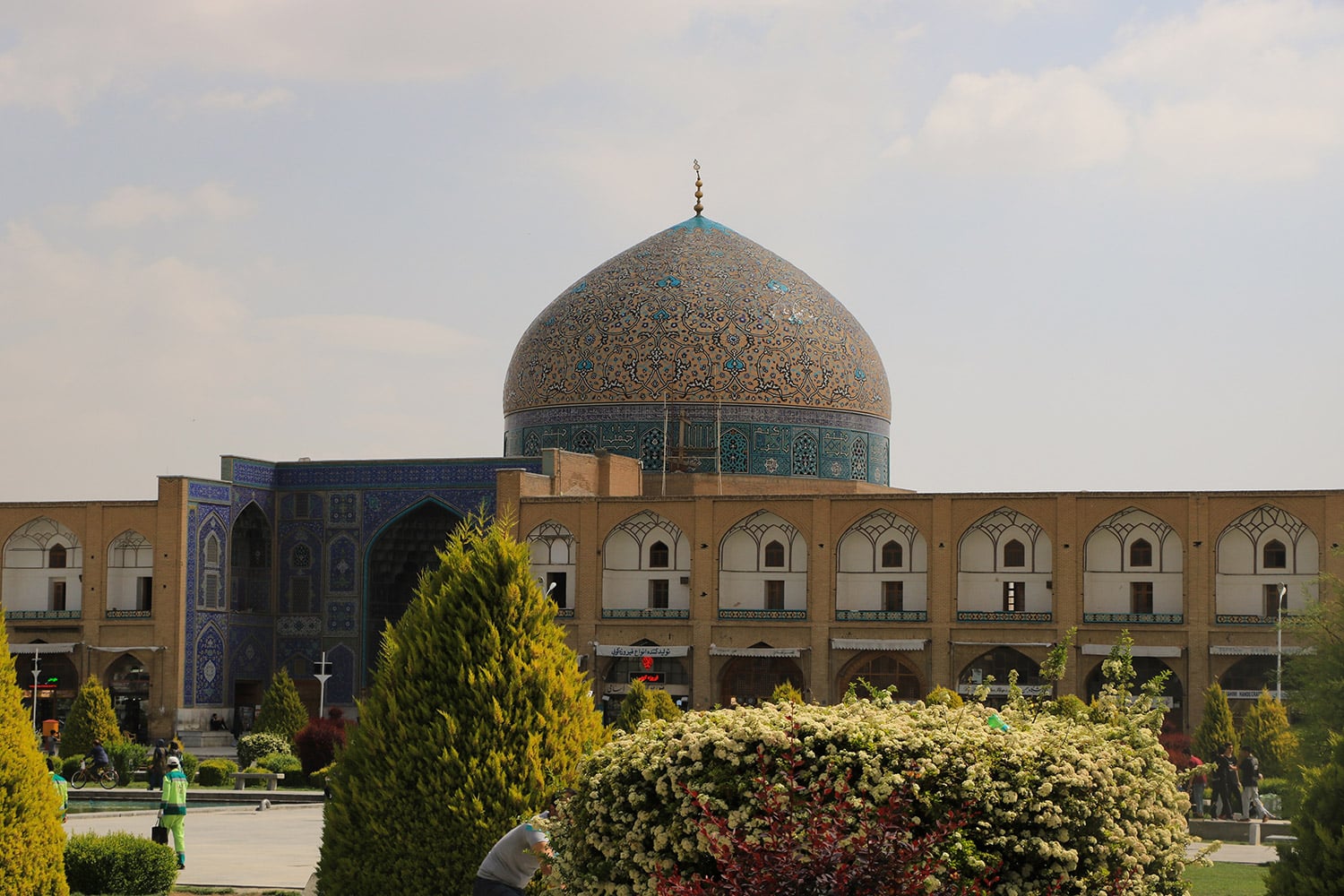
Ali Qapu Royal residence
Remaining at the western finish of Naqsh-e Jahan Square, Ali Qapu Castle filled in as the great home of the Safavid lords. The six-story royal residence offers all encompassing perspectives on the square and the encompassing city. Inside, guests can appreciate the perfectly enriched rooms, multifaceted plaster work, and noteworthy music lobby with its remarkable acoustics.
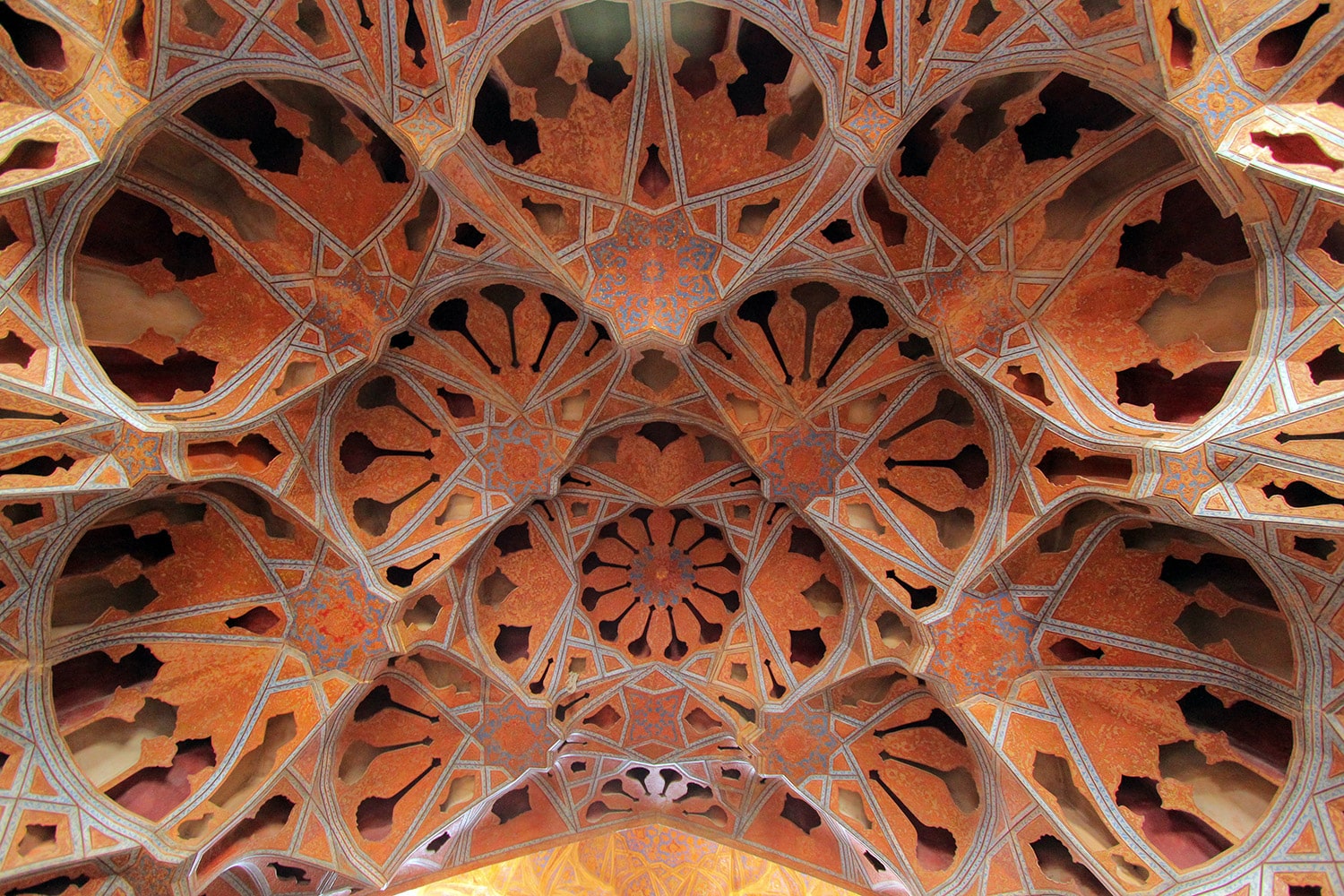
Vank Cathedral (Holy Savior Cathedral)
Situated in the Armenian Quarter of Isfahan, Vank Cathedral is a striking illustration of Armenian Christian engineering. It highlights staggering frescoes, wonderfully embellished walls, and a historical center displaying Armenian history and curios.
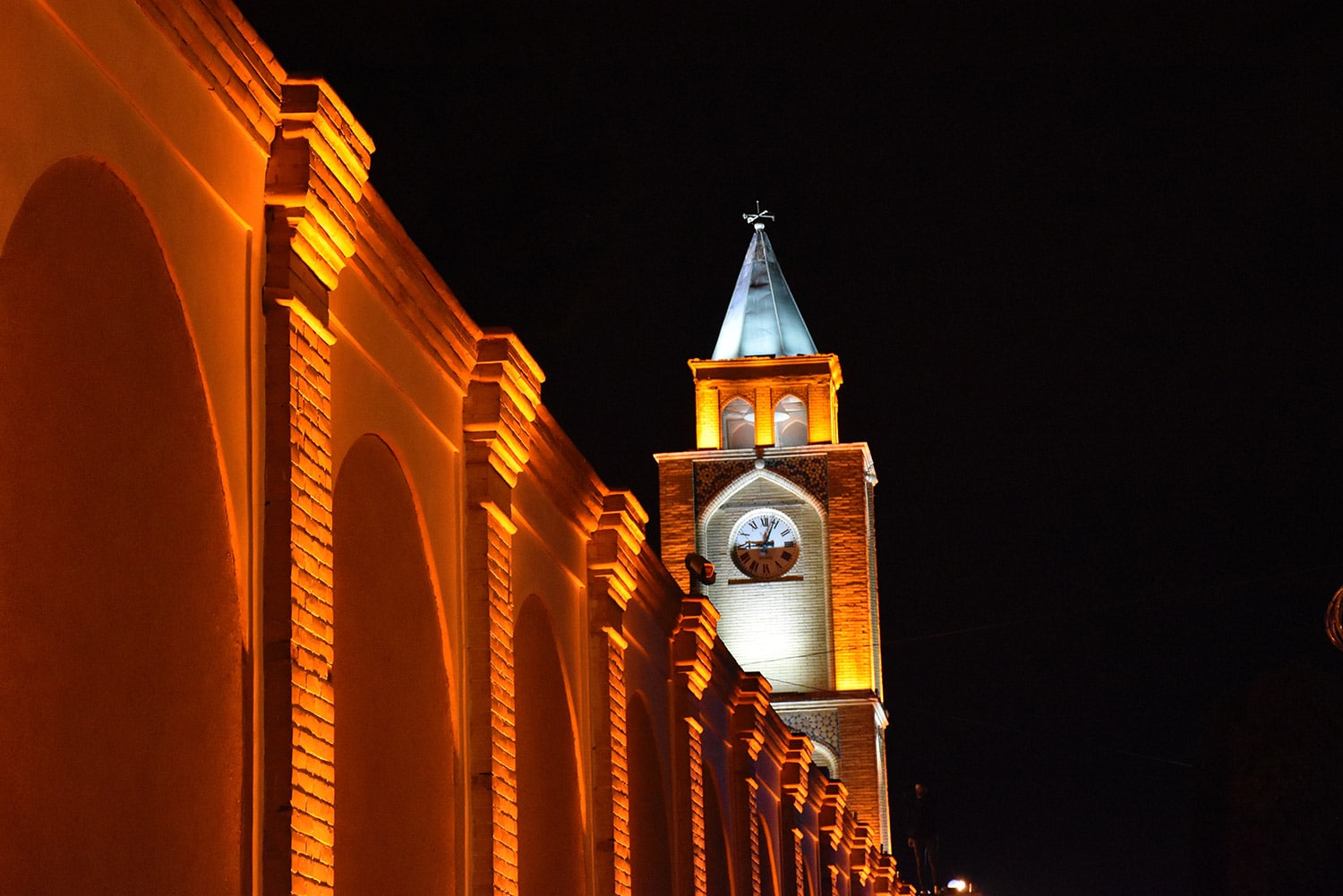
Khaju Bridge
Perhaps of Isfahan’s most well known authentic scaffold, Khaju Bridge traverses the Zayandeh Stream. It was worked during the Safavid time frame and fills in as both an extension and a dam. The scaffold’s interesting design and its job as a get-together spot make it a must-visit spot, particularly during the nights when local people assemble to unwind and partake in the view.
Jameh Mosque of Isfahan
This fabulous mosque is one of the most established in Iran, going back more than 1,000 years. It exhibits a blend of design styles from various periods, mirroring the city’s different history. The mosque’s multifaceted tilework, minarets, and its tremendous yard are enamoring highlights.
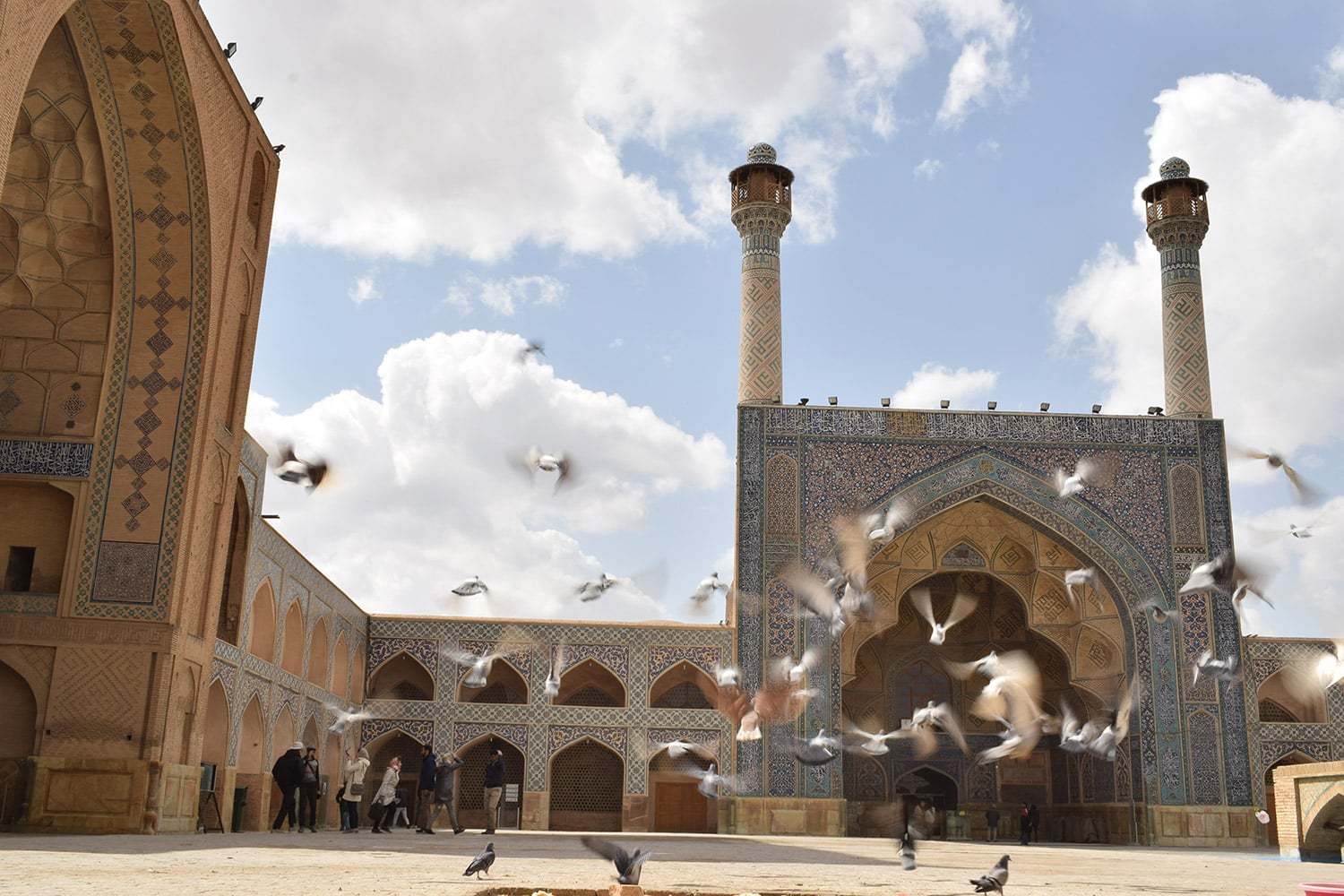
Chehel Sotoun
Translated as “Forty Columns,” Chehel Sotoun is a beautiful pavilion and garden complex. The name refers to the 20 wooden columns reflected in the large pool in front of the building, creating the illusion of forty columns. The palace houses stunning frescoes depicting historical events and royal ceremonies.
These are only a couple of the must-visit places in Isfahan. The city offers a great deal more to investigate, from its clamoring markets and conventional teahouses to its lovely nurseries, verifiable areas, and the warm cordiality of its kin. A visit to Isfahan is really an excursion back in time, loaded up with compositional marvels and social enjoyments.
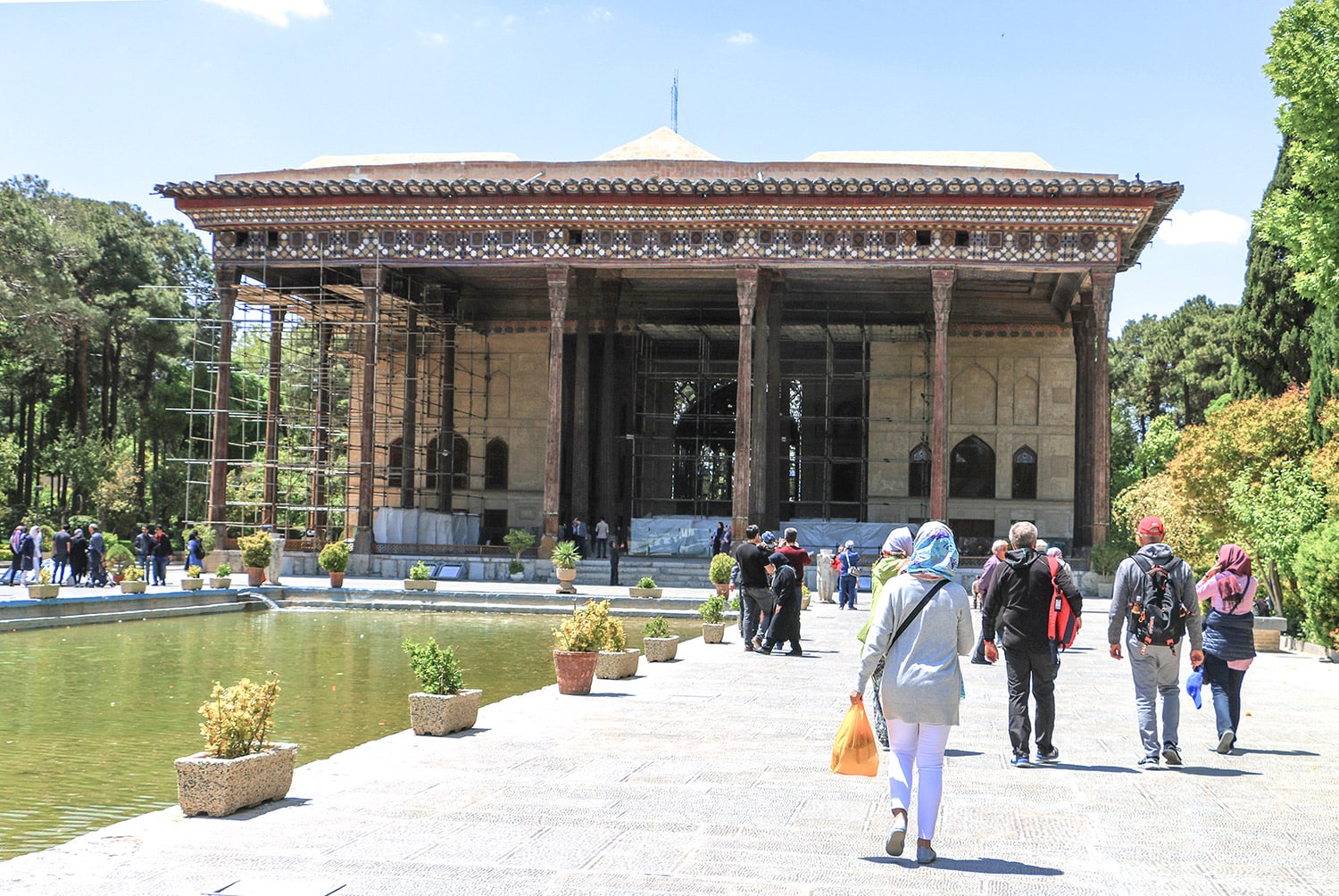
Cultural Experiences
Isfahan is a city with a rich social legacy, and encountering its energetic culture is a fundamental piece of any visit to this notable city. Here are a portion of the social encounters you can appreciate in Isfahan:
Traditional Persian Cuisine
One of the most mind-blowing ways of submerging yourself in Isfahan’s way of life is through its scrumptious cooking. Try local specialties like Biryani, a delightful rice dish with meat, flavors, and saffron, or taste the Ash Reshteh, a good noodle and bean soup. Try not to pass up the opportunity to enjoy a customary Iranian Chelo Kebab, barbecued speared meat presented with saffron-implanted rice.
Tea and Qalyan (Hookah) Culture
Tea holds a special place in Iranian culture, and Isfahan is no exception. Visit one of the city’s traditional teahouses and enjoy a cup of aromatic Iranian tea while engaging in conversations with locals. You can also experience the Qalyan culture by trying a flavored tobacco hookah, a social tradition enjoyed by many Iranians.
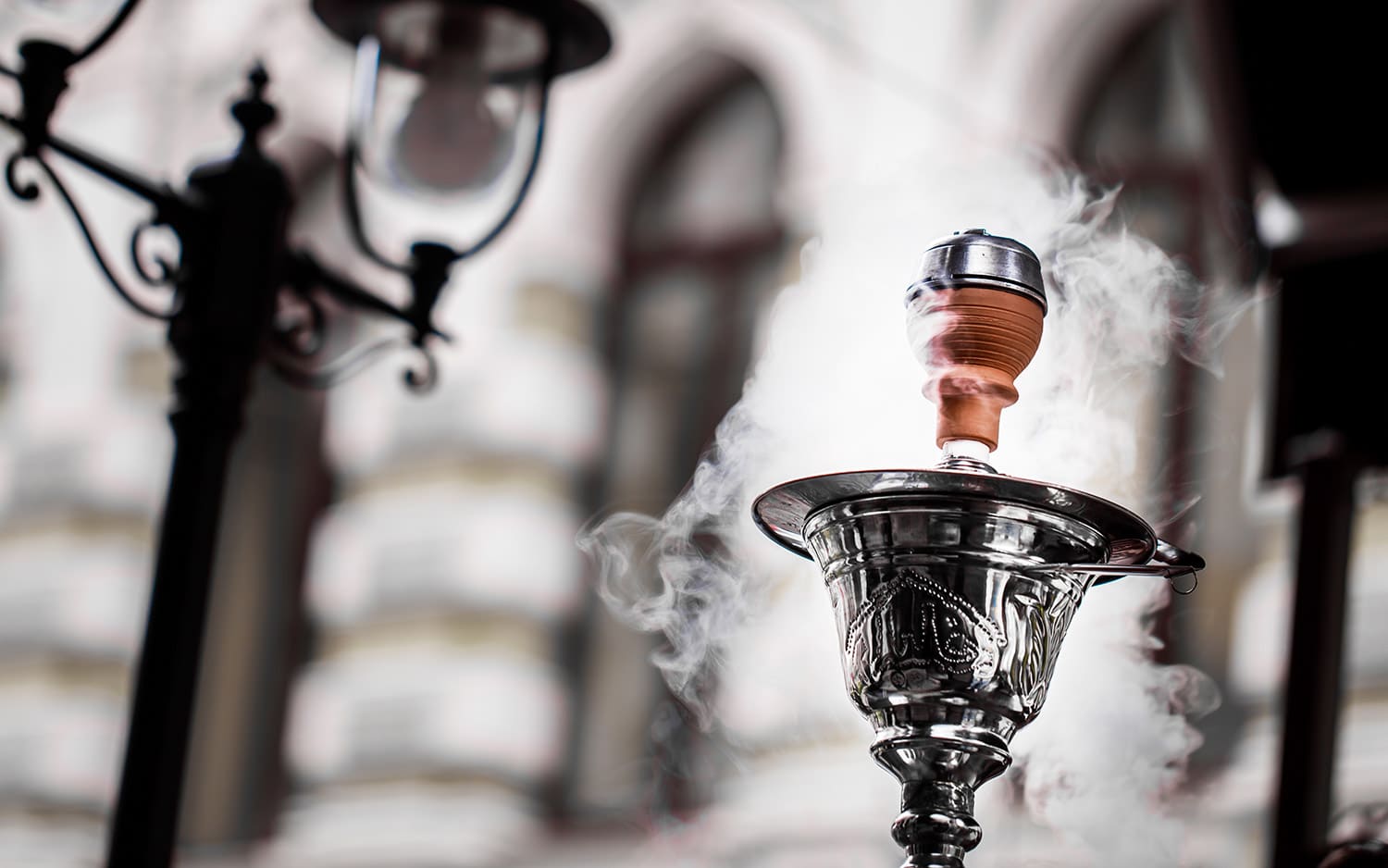
Traditional Music and Dance
Isfahan has a rich melodic legacy, and you can encounter customary Persian music and dance exhibitions at different social settings and celebrations. Search for shows or occasions highlighting customary instruments like the Tar, Setar, and Santur, as well as conventional moves like the vivacious and brilliant Iranian people dance.
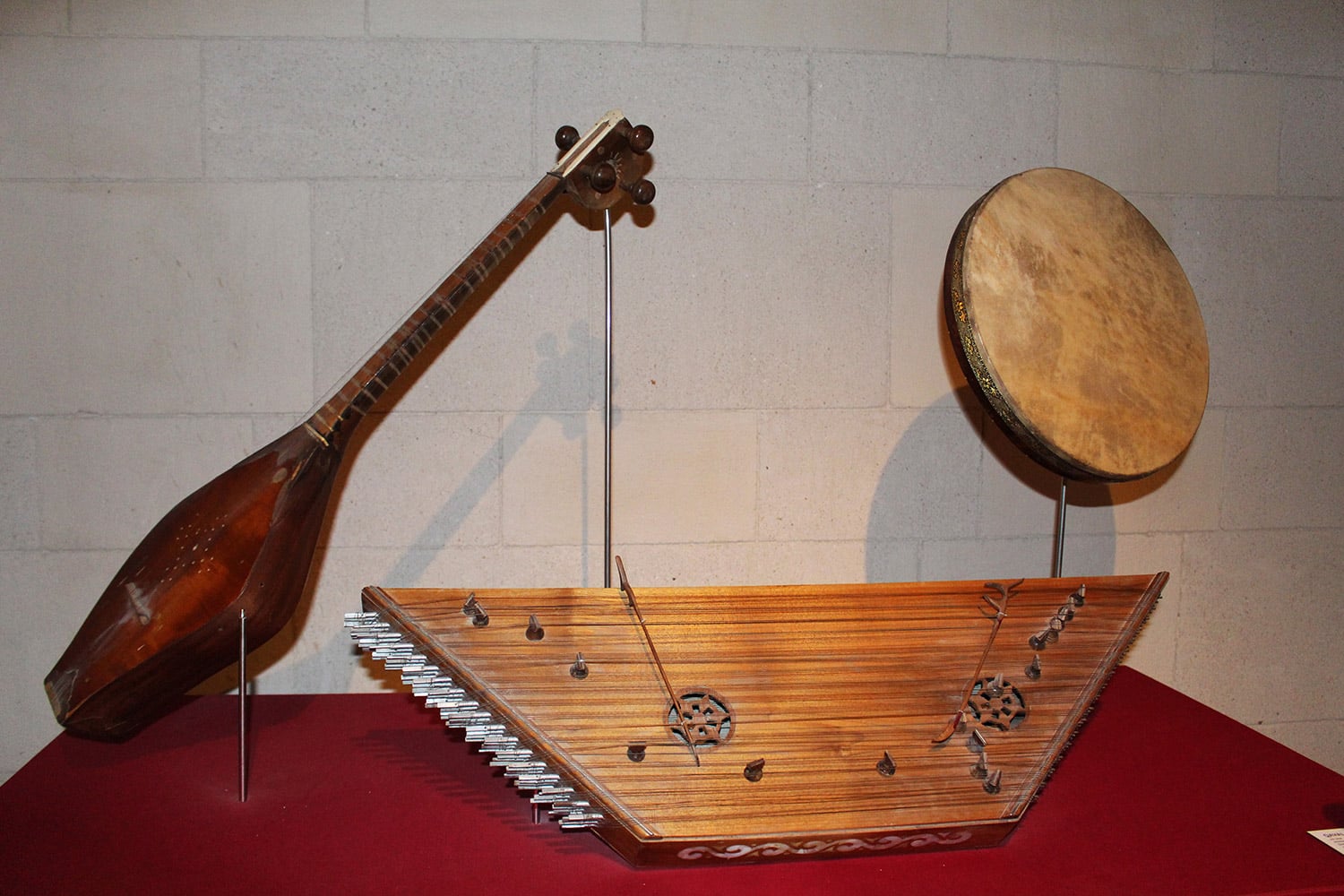
Arts and Crafts
Isfahan has a long history of workmanship and craftsmanship. Explore the clamoring marketplaces and craftsman studios where you can track down dazzling handiworks like Persian rugs, miniature paintings, enamelwork, copperware, and traditional pottery. Noticing gifted craftsmans at work is a novel social involvement with itself.
Attend a Carpet Weaving Workshop
Rugs are an indispensable piece of Iranian culture, and Isfahan is eminent for its perplexing and lovely rug plans. Join a carpet weaving workshop to find out about the old specialty of Persian rug making, and even take a shot at making a little rug under the direction of nearby specialists.
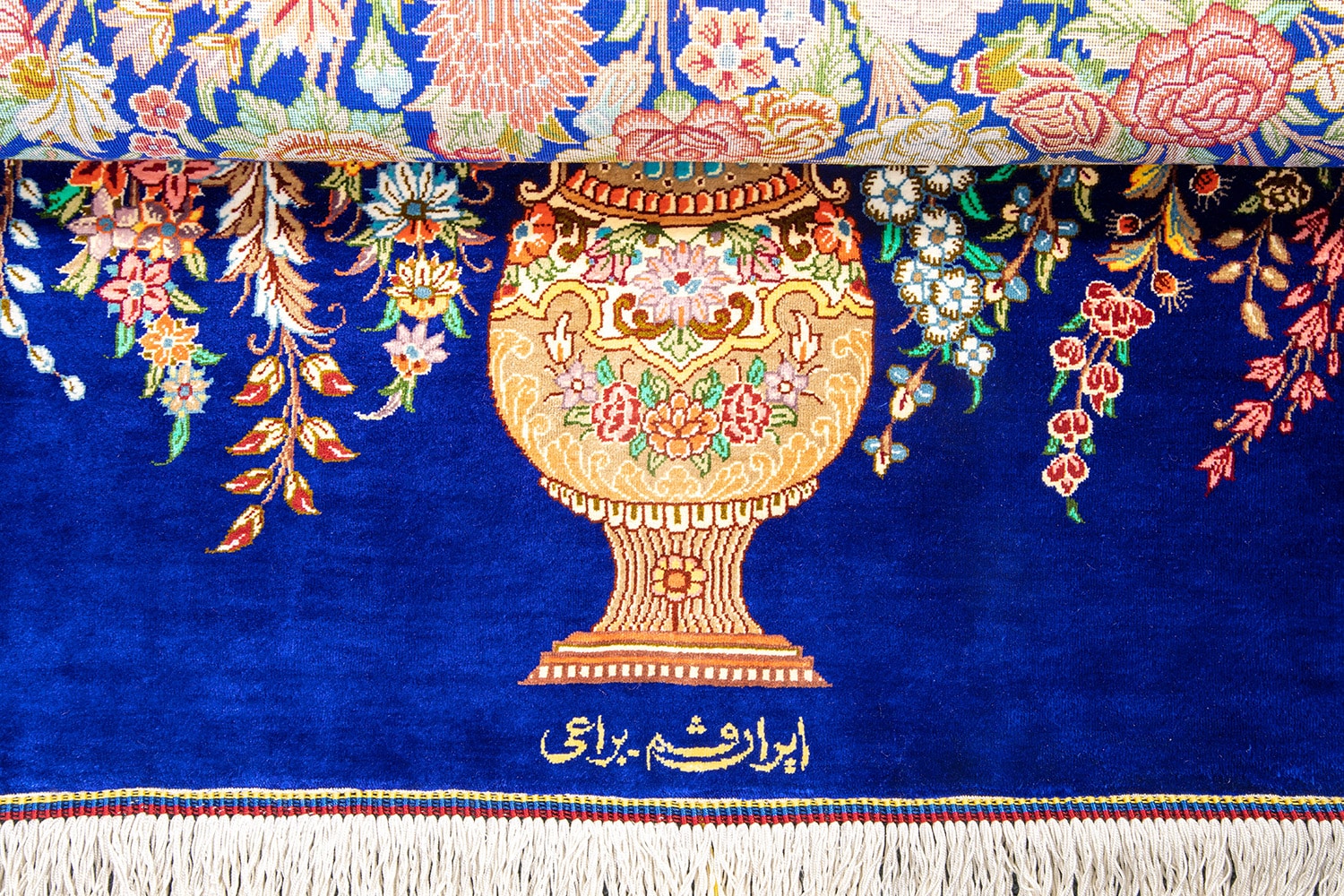
Visit Cultural and Historical Sites
Isfahan is home to various authentic and social locales that give knowledge into the city’s past. Investigate the glorious mosques, castles, and exhibition halls that feature the city’s building quality and rich history.
Interact with Locals
One of the best ways for social encounters is to draw in with the well disposed and cordial local people. Start with discussions, take part in ordinary conversations, and find out about their traditions and customs. Iranians are known for their warm hospitality and are often eager to share their culture with visitors.

Explore the Bazaars
Meander through the clamoring markets of Isfahan, like the Qeysarieh Marketplace close to Naqsh-e Jahan Square. These energetic business sectors offer a real taste of neighborhood life, with traders selling various products, from flavors and materials to painstaking work and gifts.
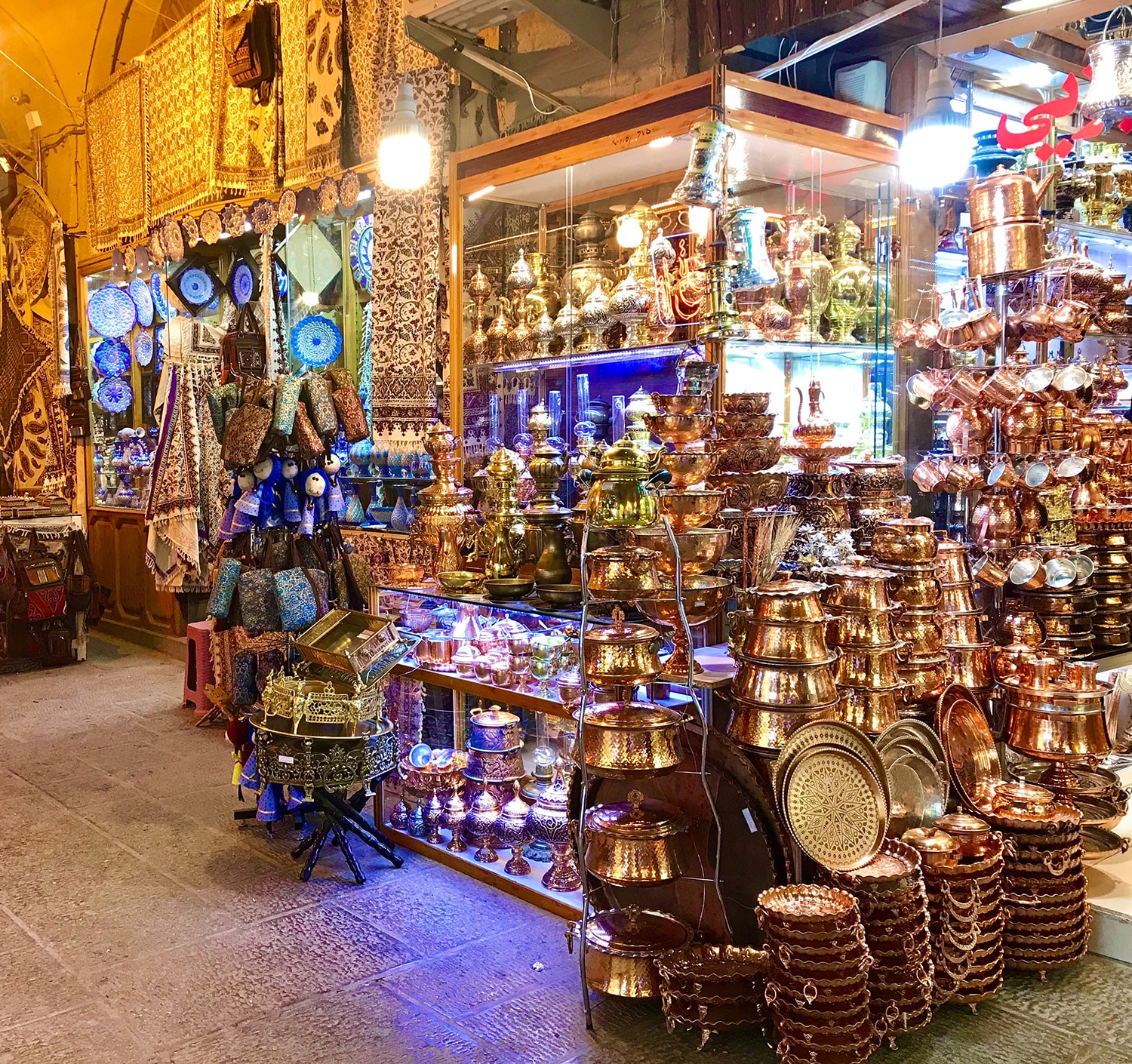
Isfahan’s cultural experiences go beyond the tourist sites; they encompass the daily life, traditions, and interactions with its welcoming people. Embrace the opportunity to delve into the city’s cultural fabric and create lasting memories of your time in this fascinating Iranian city.
Cuisine
The cuisine of Isfahan mirrors the rich culinary legacy of Iran, known for its assorted flavors, sweet-smelling flavors, and customary cooking strategies. The city’s food culture offers a magnificent cluster of dishes that will entice your taste buds. Here are a portion of the features of Isfahani cooking:
Biryani
Biryani is a famous and heavenly rice dish made with fragrant Basmati rice, delicate pieces of meat (typically sheep or chicken), and a mix of sweet-smelling flavors. Saffron is much of the time used to give the rice its unmistakable brilliant variety and rich flavor.
Khoresht-e Mast
This is a remarkable and reviving Isfahani dish made with yogurt, meat (normally chicken), and different sweet-smelling spices and flavors. The yogurt is cooked with saffron, rosewater, and dried limes, making a tart and smooth stew.
Bademjan
Bademjan is a delicious eggplant dish in which the eggplants are cut, seared, and afterward cooked with tomatoes, onions, garlic, and a mix of flavors. The outcome is a heavenly and delightful eggplant stew that is frequently presented with rice.
Ash Reshteh
This is a generous and nutritious soup made with different vegetables, spices, and noodles. The dish is regularly ready during extraordinary events and celebrations, and it is delighted in consistently.
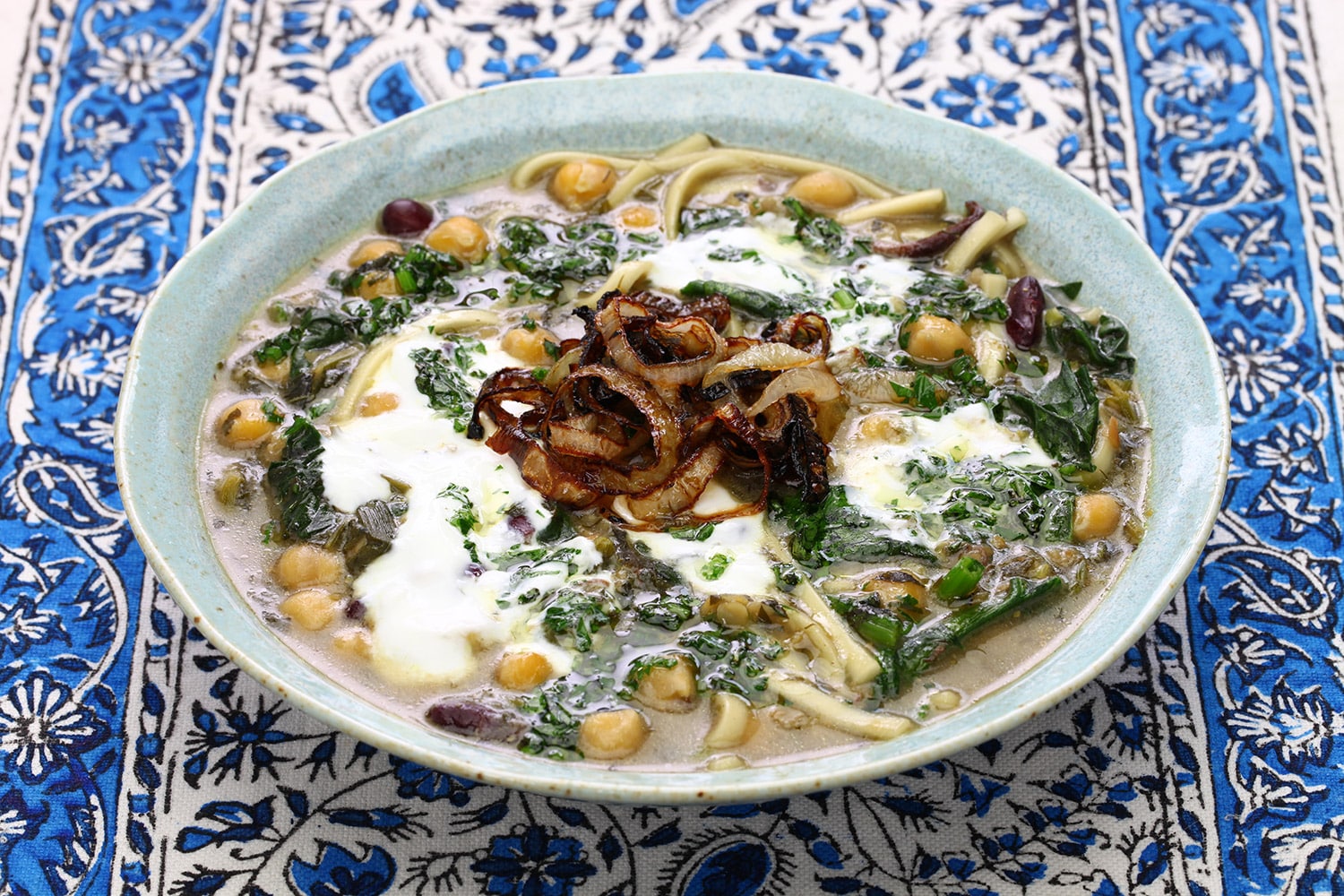
Chelo Kebab
Chelo Kebab is an exemplary Iranian dish cherished by local people and guests as well. It comprises of succulent and delicate barbecued pierced meat (frequently sheep or chicken) presented with saffron-mixed rice and barbecued tomatoes.
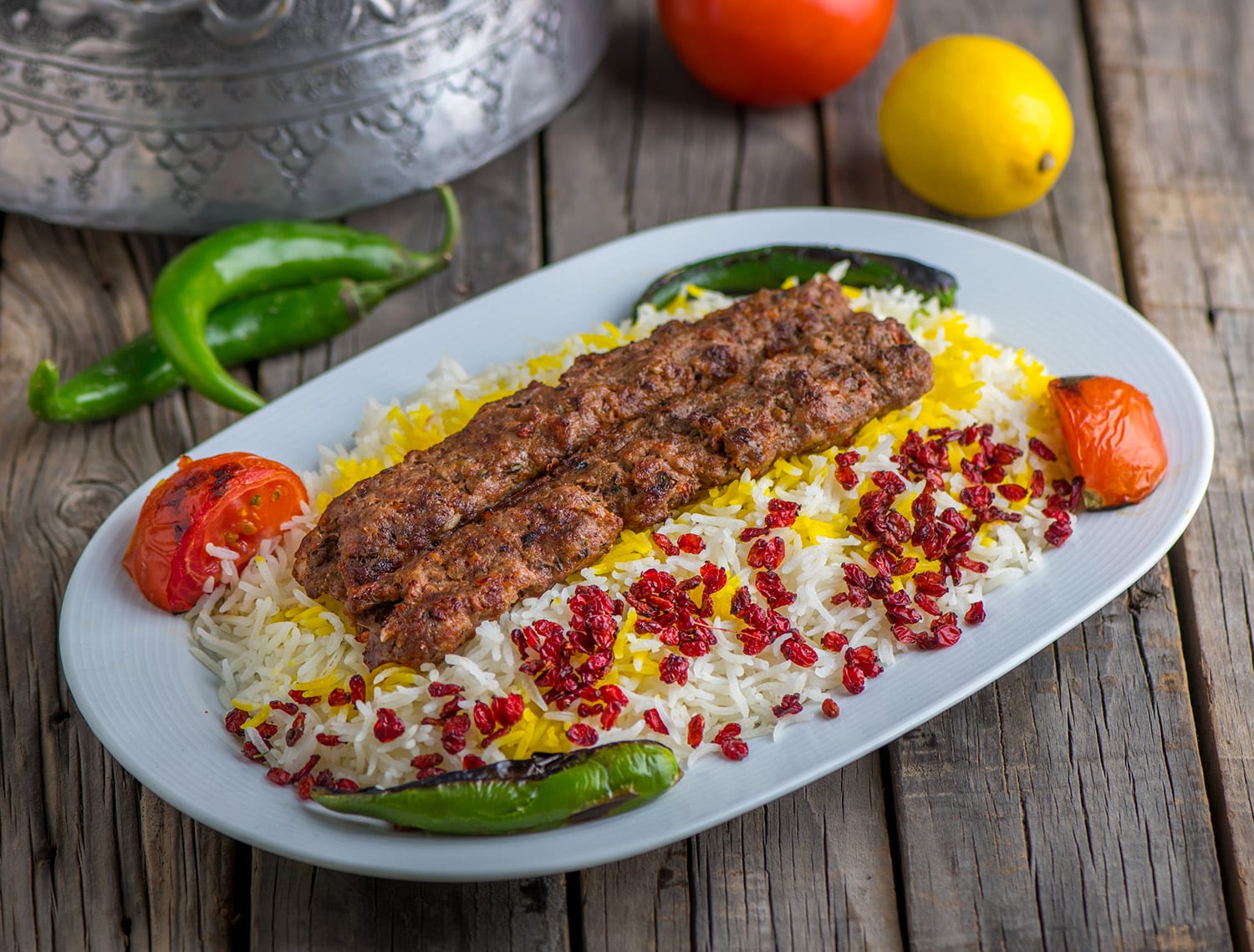
Fesenjan
Fesenjan is a lavish and exquisite dish made with a one of a kind mix of pomegranate molasses, ground pecans, and either chicken or meatballs. The outcome is a rich and delightful stew, frequently presented with rice.
Gaz
Gaz is a conventional Isfahani sweet treat made with a mix of rosewater, pistachios, and nougat. A brilliant sugary treat is ideal for fulfilling your sweet tooth.
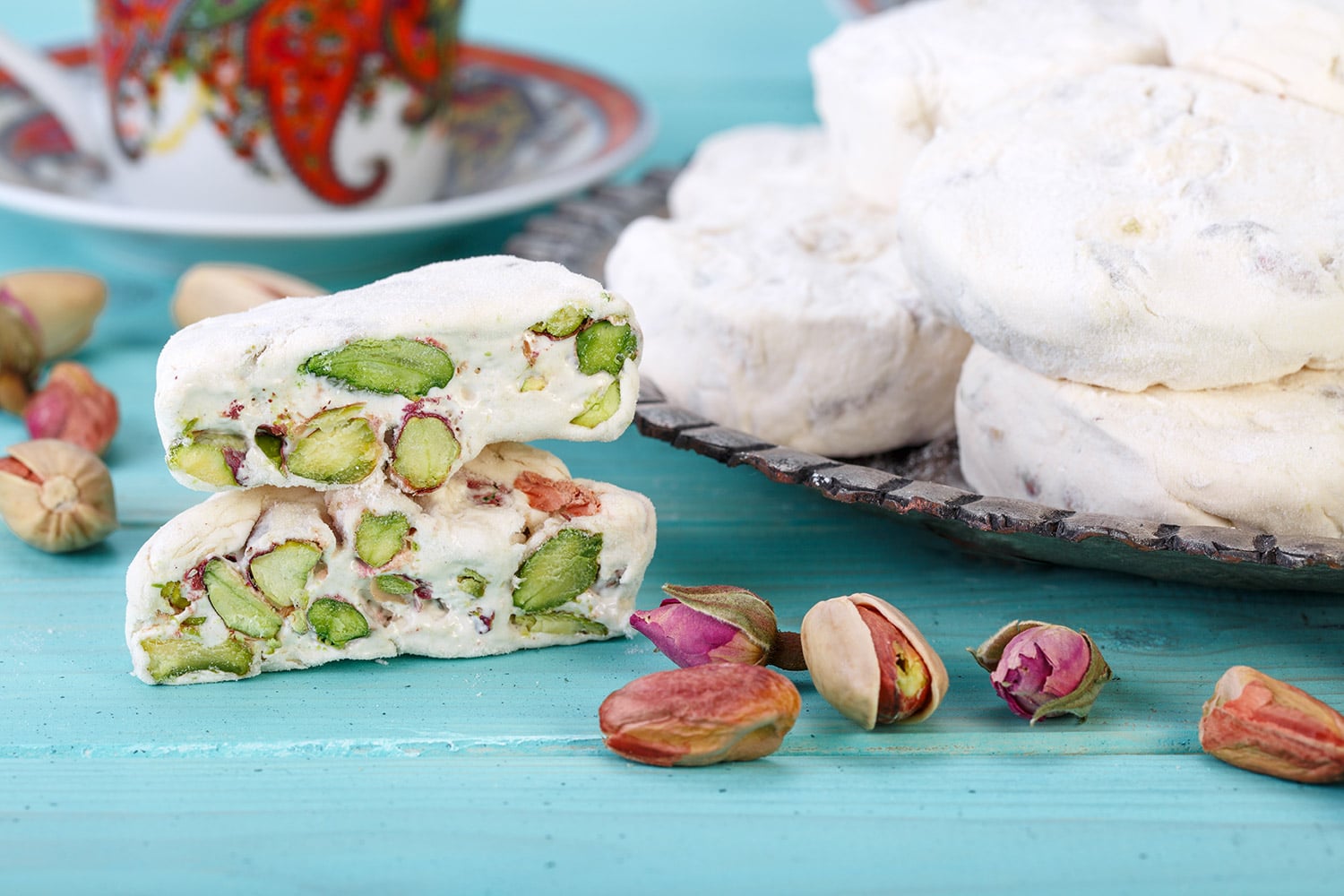
Sohan Asali
Sohan Asali is a well known local sweet made with honey, saffron, and almond fragments. It has a rich and crunchy surface, making it a #1 among local people and an ideal trinket to bring back home.
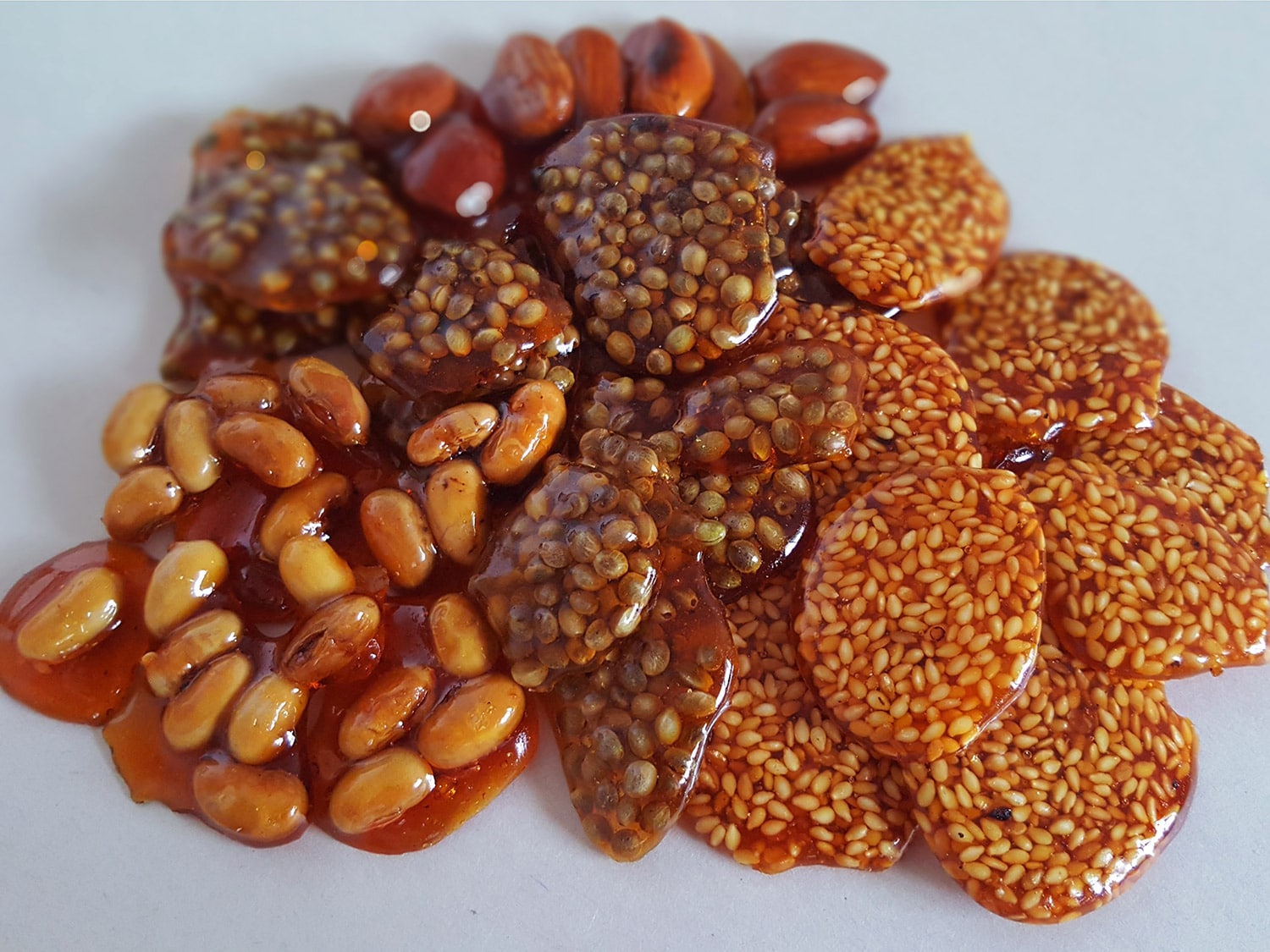
Traditional Iranian Tea
Tea holds a unique spot in Iranian culture, and you’ll find it served in Isfahan’s teahouses and families the same. Iranians frequently partake in their tea with sugar cubes and customary desserts.

Faludeh
This dessert is produced using dainty vermicelli noodles presented with a chilled rosewater and sugar syrup, frequently joined by a scoop of frozen yogurt.
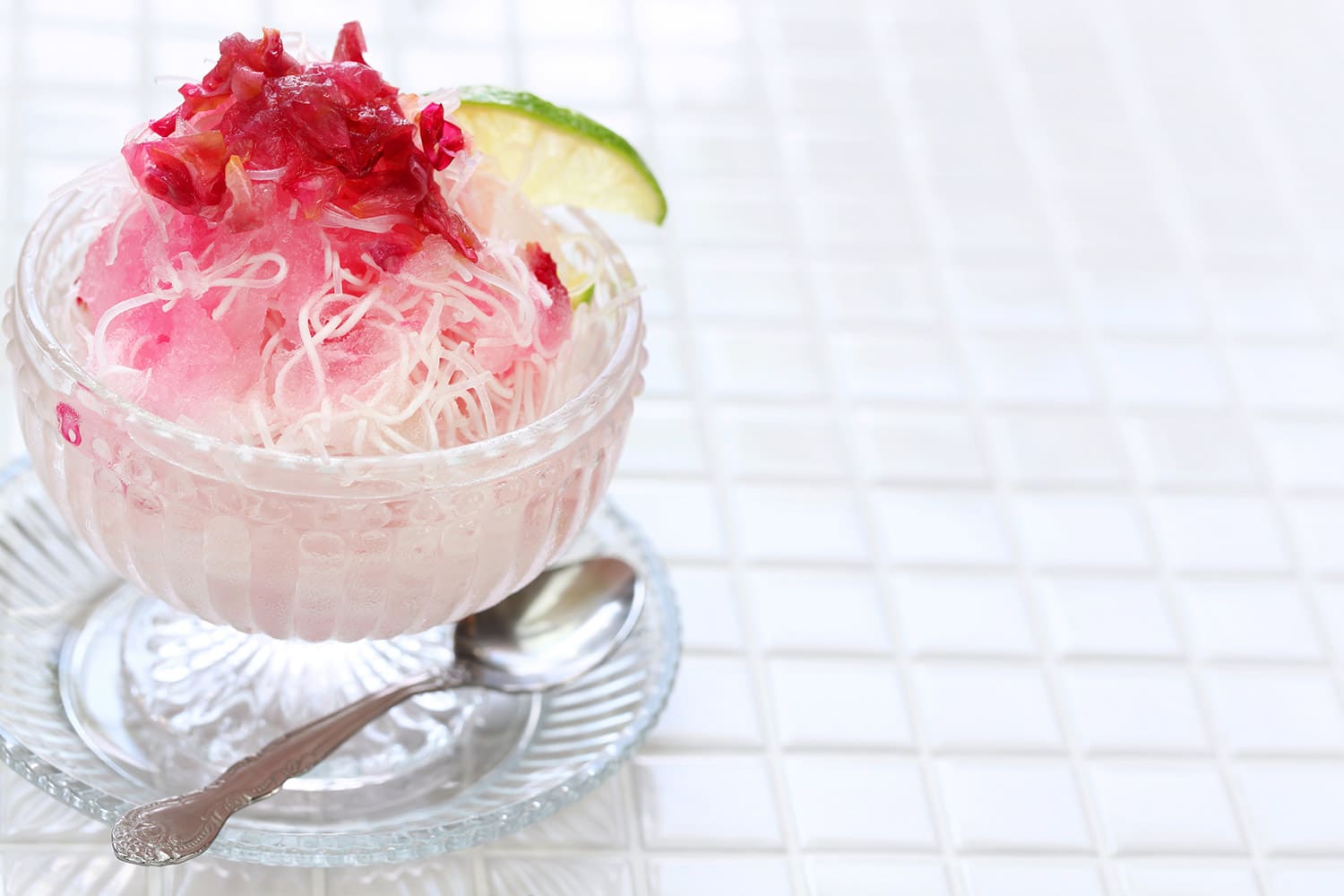
Exploring Isfahan’s culinary enjoyments is a fundamental piece of encountering the city’s way of life and customs. Whether you’re attempting the nearby local street food or enjoying a customary dinner at an restaurant, Isfahan’s cuisine makes certain to have an enduring effect on your sense of taste.
Day Trips
Isfahan, situated in central Iran, is a city saturated with history and known for its shocking Islamic engineering, dynamic culture, and friendly local people. While spending time in Isfahan itself is a great encounter, the city also fills in as an ideal base for exploring its encompassing regions. Here are some interesting road trips you can take from Isfahan:
Kashan
Situated around 210 kilometers north of Isfahan, Kashan is a lovely desert spring town prestigious for its beautiful houses, customary Persian gardens, and old markets. The Fin Garden, an UNESCO World Legacy site, is a must-visit fascination, exhibiting an exemplary illustration of Persian garden plan. Kashan also boasts impressive landmarks, for example, the notable Borujerdi and Tabatabaei Houses, offering a brief look into the extravagant way of life of Persian honorability.
Book Kashan Tour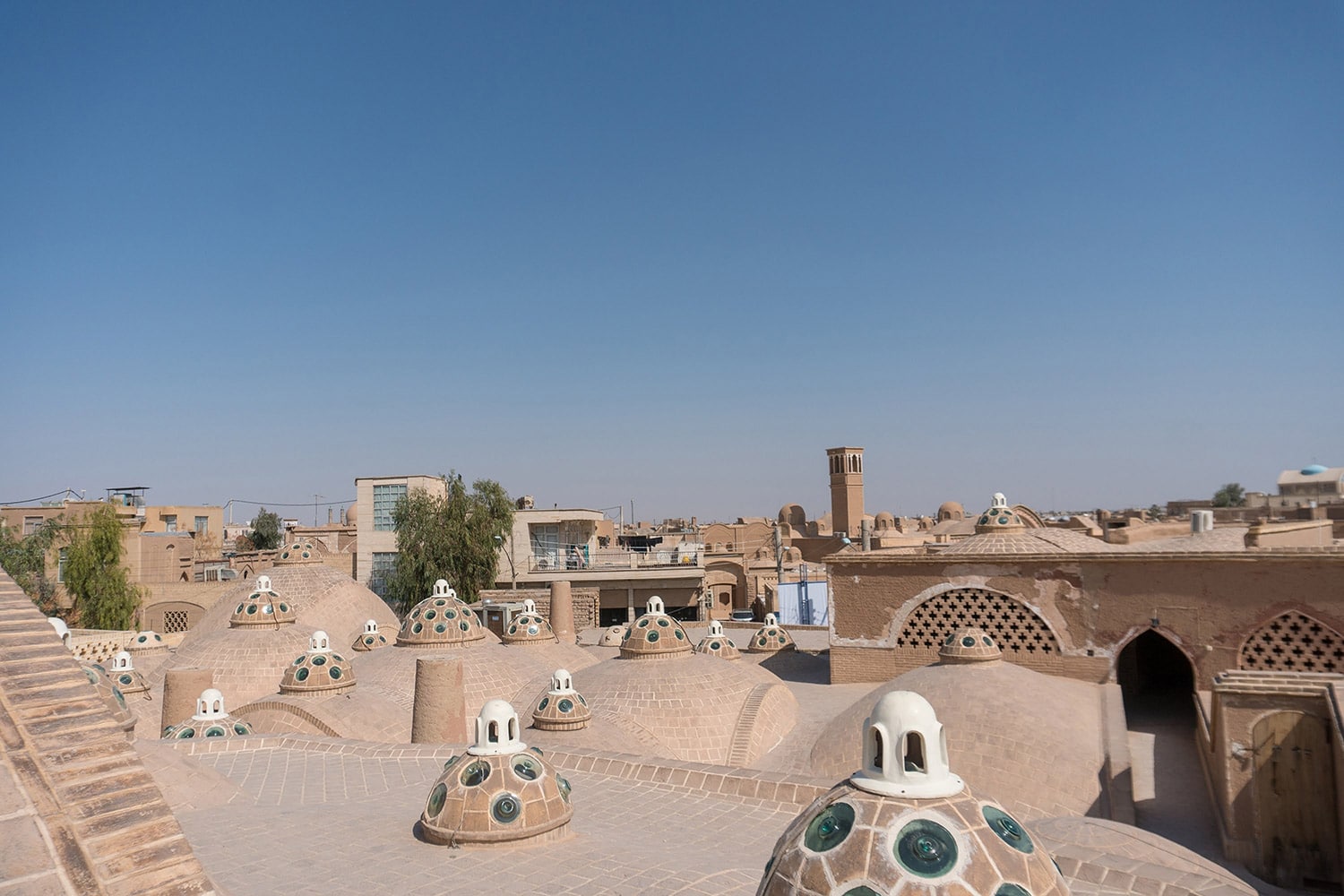
Abyaneh
Toward the north of Isfahan, around 85 kilometers away, lies the enchanting town of Abyaneh. This old town is notable for its special red mud houses, which make a striking differentiation against the encompassing desert scene. Local people here actually practice conventional traditions, and the town has saved its legitimate feeling. Walk around restricted rear entryways, visit the old mosque and the Sassanid-period fire sanctuary ruins.
Book Abyaneh Tour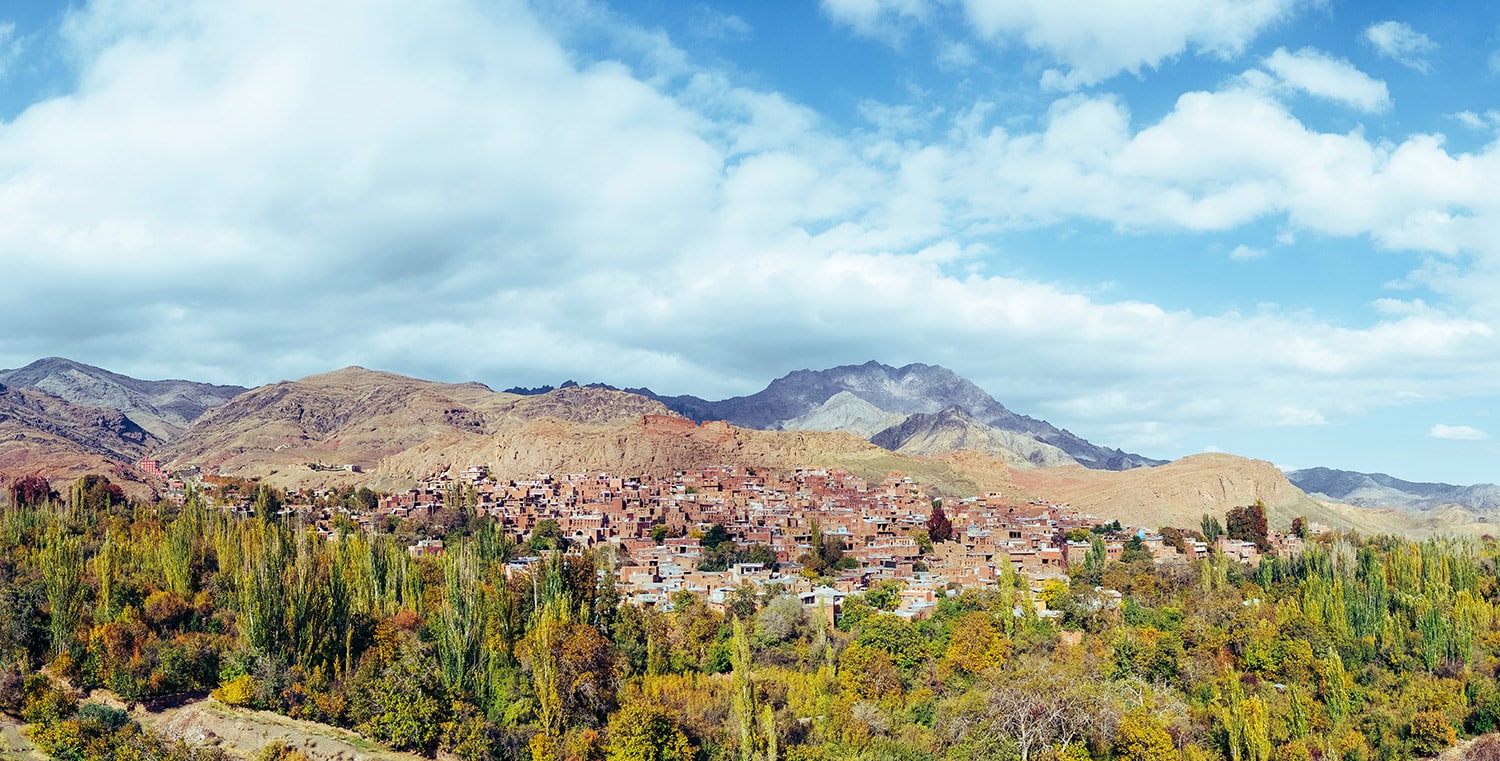
Varzaneh Desert
For a special desert insight, adventure around 100 kilometers southeast of Isfahan to Varzaneh Desert. The sand ridges here are entrancing, particularly during nightfall and dawn. Appreciate camel rides or essentially go for a comfortable stroll through the desert to interface with nature and respect the peaceful environmental factors.
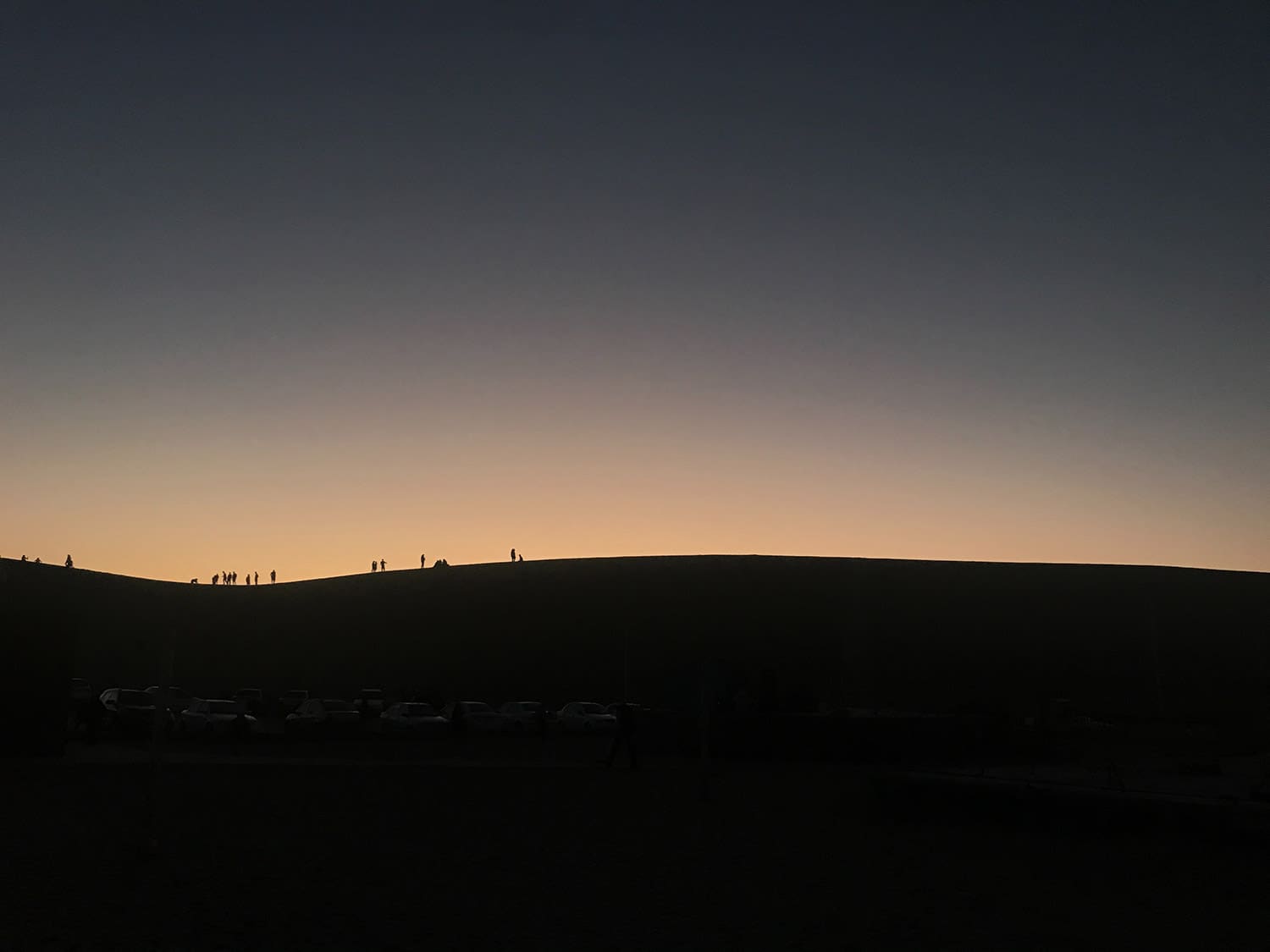
Meybod
Around 270 kilometers upper east of Isfahan, this old town offers attractions like the Narin Palace, Chaparkhaneh (postal house), and traditional Qanat frameworks.
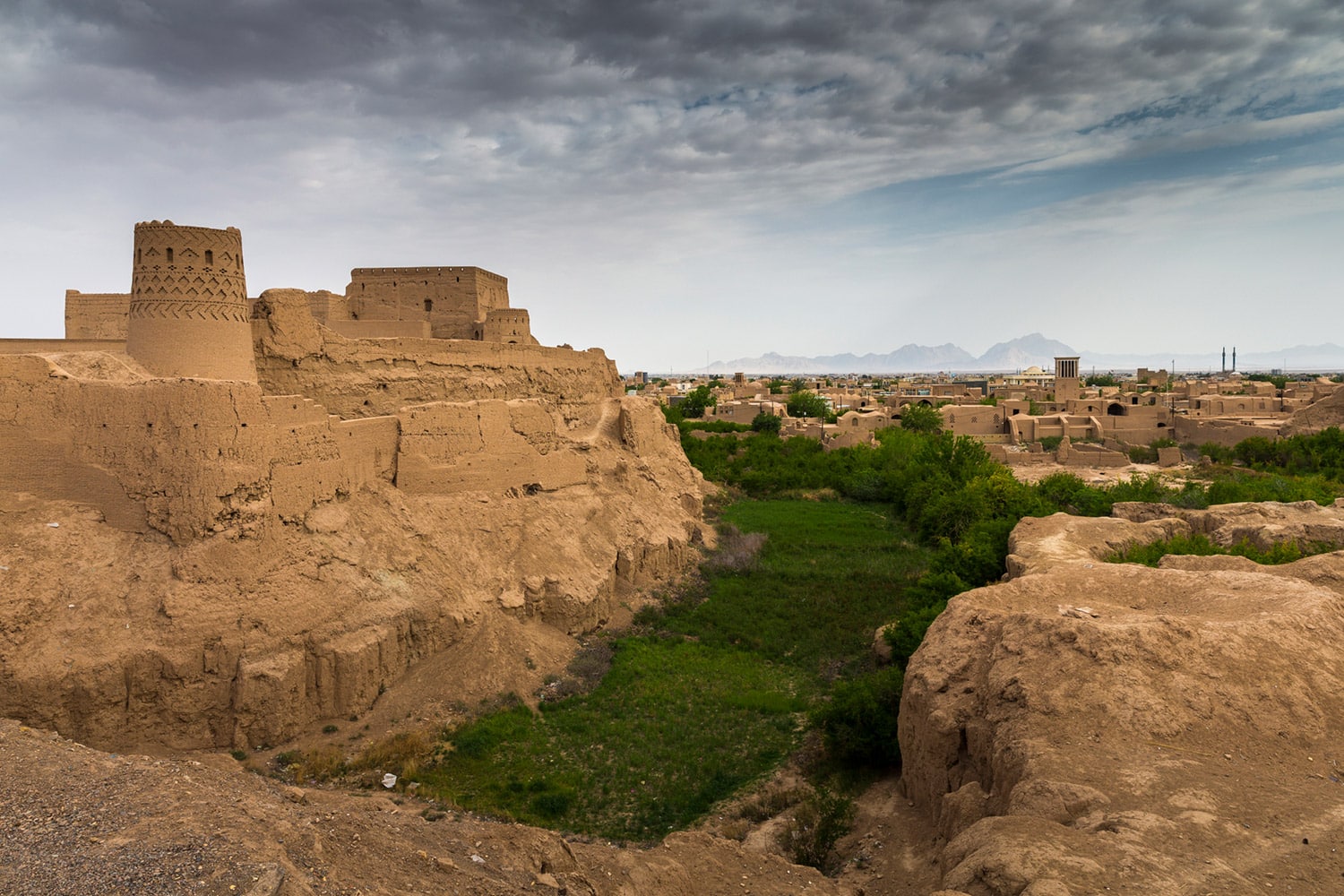
Naein
Roughly 160 kilometers east of Isfahan, Naein is popular for its very much safeguarded verifiable destinations, including the Jameh Mosque and the antiquated Narej Fort.
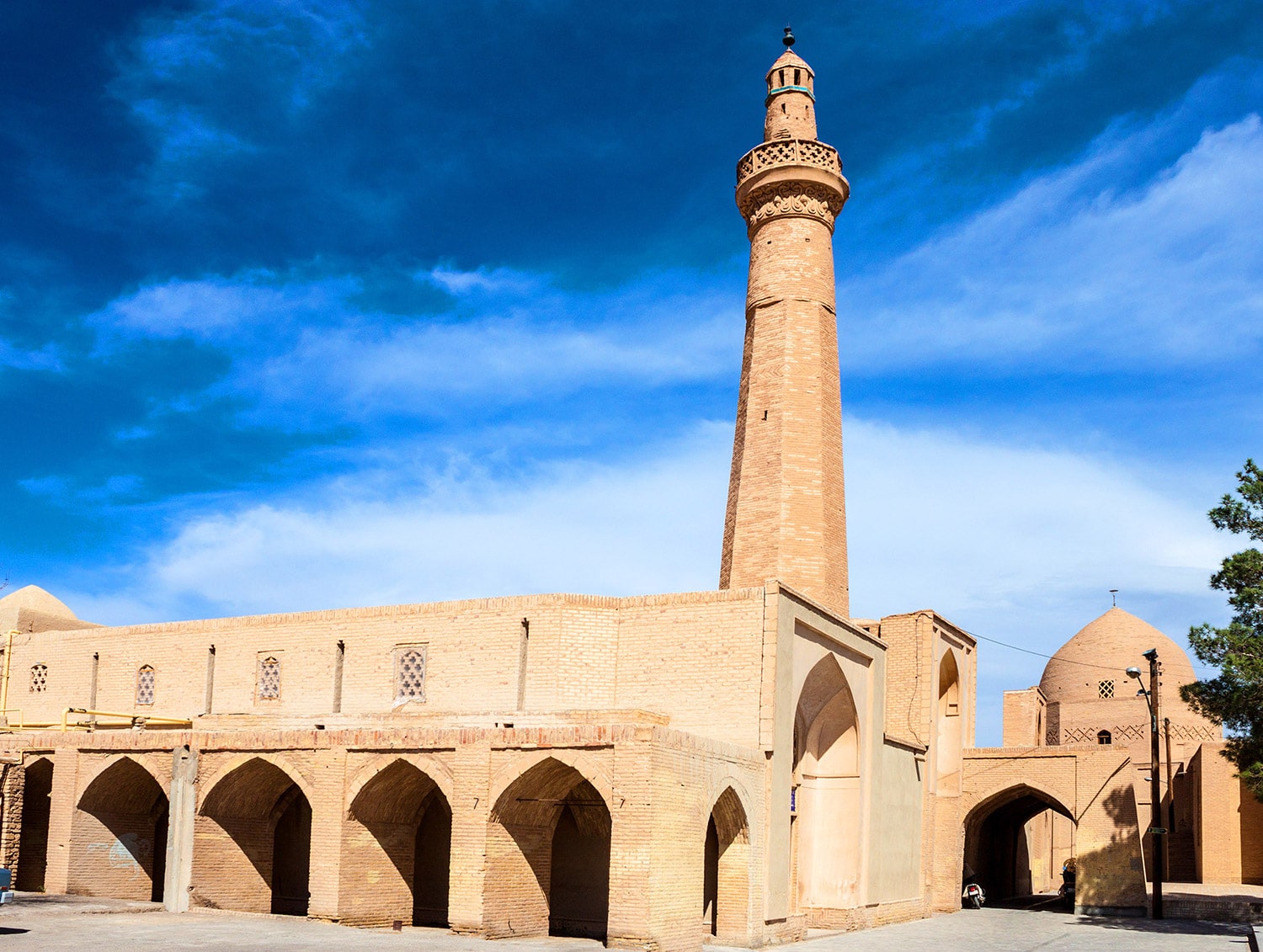
Badrud
Around 110 kilometers northeast of Isfahan, this town highlights beautiful scenes and conventional mud-block houses.
These day trips will offer you a diverse and rich experience, providing an opportunity to explore historical sites, enjoy traditional Persian culture, and witness the beauty of the Iranian desert landscape. Make sure to plan your excursions accordingly and take time to soak in the beauty and history of each destination.
Public transport
Isfahan has a well-developed and efficient public transportation system that caters to both locals and tourists. The primary modes of public transport in Isfahan include buses, taxis, and the metro system:
Buses
Isfahan has a broad transport network that covers different pieces of the city. The buses are a well known and reasonable method of transportation for both local people and tourists. The routes are well-marked, and there are assigned bus stations all through the city. In any case, it’s important to note that bus timetables may not generally be dependable, so it’s prudent to really look at the timings ahead of time or a little of adaptability in your arrangements.
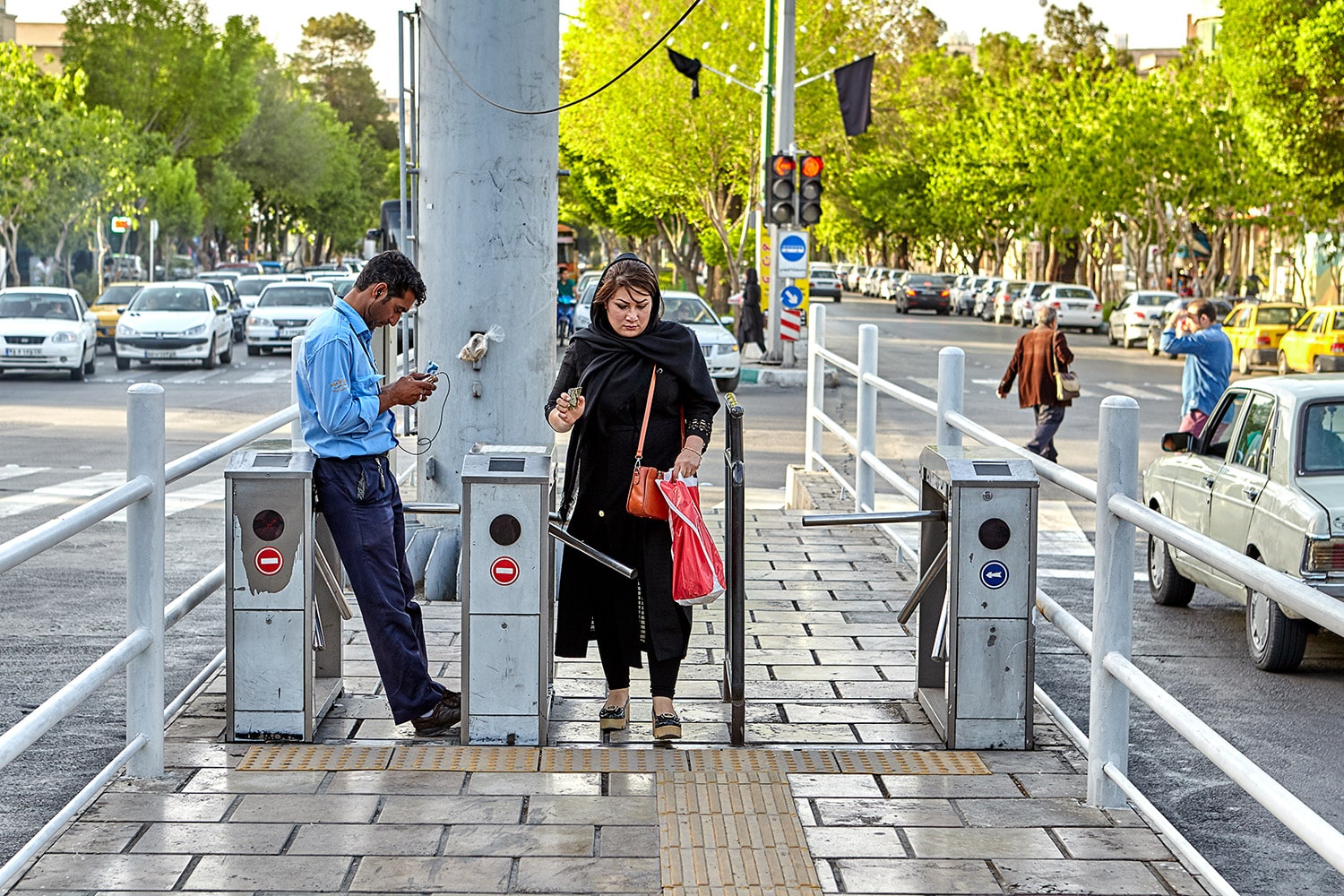
Metro
Isfahan’s metro framework, also called the Isfahan Metropolitan Rail line, is a helpful and dependable choice for getting around the city rapidly. The metro had just a single line (Line 1), yet there were plans for extending the organization later on. The metro works from early morning until late around evening time and offers a comfortable and air-conditioned ride. It connects several key areas of the city, including the city center and important landmarks.

Taxis
Taxis are widely available in Isfahan and are a popular choice for both short trips within the city and longer distances to nearby attractions. Taxis can be hailed from the street or found at taxi stands. Some taxis are metered, while others might require negotiation on the fare before starting the journey. It’s recommended to agree on the fare before getting into the taxi to avoid any misunderstandings.

Bicycles
Lately, Isfahan has presented a bicycle sharing framework that allows inhabitants and tourists to lease bikes to explore the city. This eco-accommodating choice is an incredible method for visiting the city’s wonderful roads and parks at a comfortable speed.
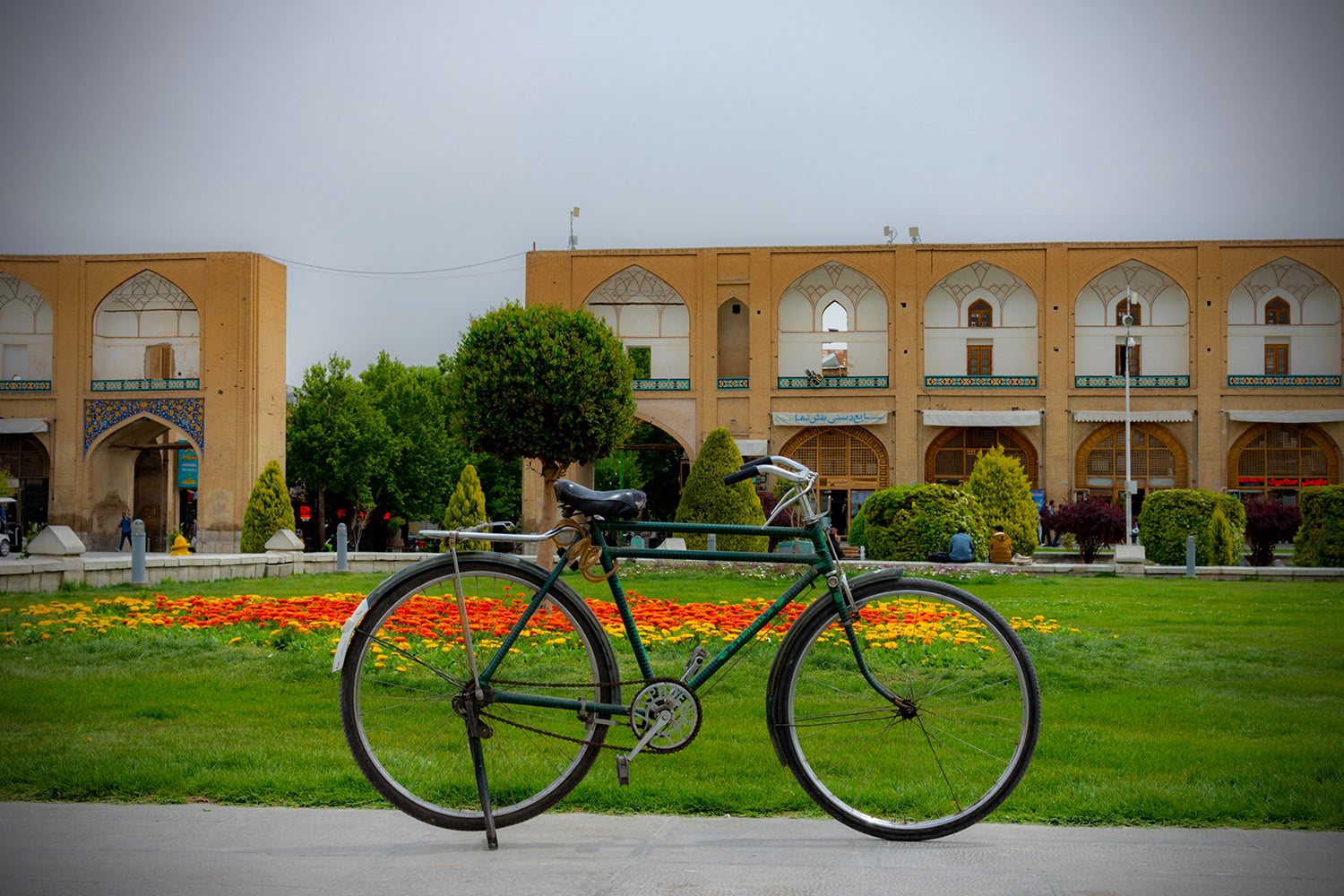
Overall, Isfahan’s public transportation system makes it relatively easy to navigate the city and access various attractions and points of interest. However, as with any foreign destination, it’s a good idea to familiarize yourself with the local transport options, schedules, and fares before starting your journey. Always consider cultural norms and etiquettes when using public transport in Iran, such as giving up seats for the elderly and being respectful to other passengers.
Safety Consideration
While heading out to Isfahan, similar to some other destination, it’s vital for remember specific security contemplations to guarantee a smooth and charming excursion. Isfahan is by and large viewed as safe for travelers, however monitoring your environmental elements and complying to nearby traditions and guidelines can assist you with staying away from any expected issues. Here are some security ways to make a trip to Isfahan:
Respect Local Laws and Customs
Iran has its own arrangement of regulations and customs, which might contrast essentially from those in your nation of origin. Regard the nearby culture, dress unassumingly (particularly for ladies), and stay away from conduct that might be viewed as impolite or hostile. For example, public presentations of affection are not satisfactory in Iran.

Dress Suitably
In Iran, there are severe clothing standards, especially for ladies. Ladies are expected to wear a headscarf and a baggy, full-length coat or dress known as a “manteau” when openly. Men should also dress modestly, and shorts are generally not acceptable in public places.
Money and Valuables
While Isfahan is generally safe, it’s consistently really smart to play it safe with your cash and resources. Utilize a cash belt or a safe pack to convey your identification, cash, and significant records. Be wary while utilizing ATMs, and attempt to try not to show a lot of money in broad daylight.
Photography
Continuously request authorization prior to taking photographs of individuals, particularly local people. Certain individuals might be delicate to being captured, especially in moderate regions.
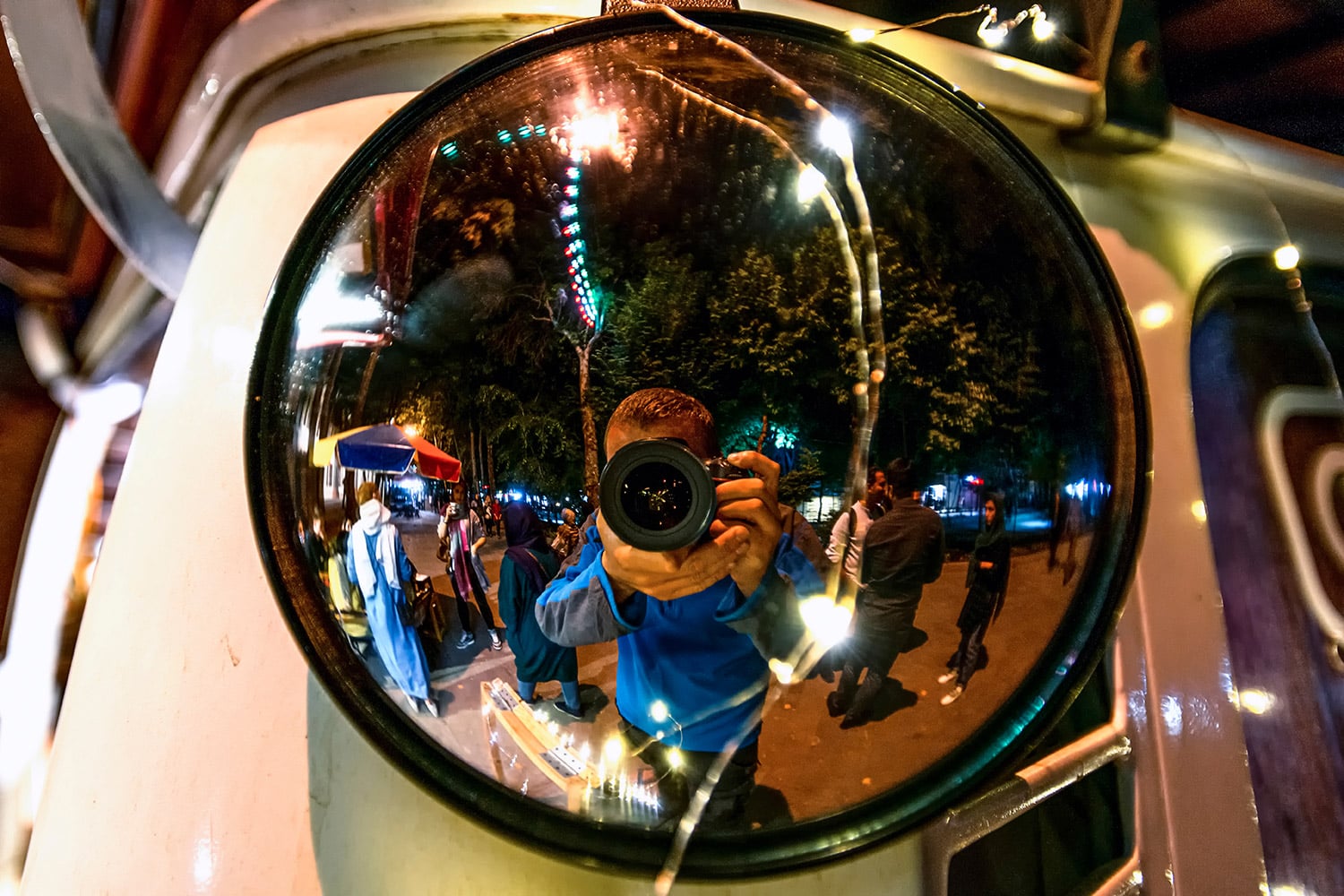
Avoid Protests and Demonstrations
While demonstrations are somewhat uncommon in Iran, it’s best to avoid large gatherings or protests to prevent getting caught up in any potential disturbances.
Health and Hygiene
Guarantee you have the important immunizations and travel protection before your excursion. Hydrate and be wary about devouring food from road merchants to keep away from any potential stomach issues.
Language
While numerous Iranians in touristic places might communicate in English, it’s useful to get familiar with a couple of essential expressions in Farsi (Persian) to speak with local people and recognize their language and culture.

Public Transport
Use official cabs and public transportation while going around Isfahan. Avoid unmarked or unofficial taxis, as they may not be safe or regulated.
By remaining informed, regarding nearby traditions, and being aware of your environmental elements, you can have a protected and pleasant experience while visiting Isfahan. The city is known for its warm friendliness, and most local people are well disposed and supportive towards sightseers.
Souvenirs of Isfahan
Isfahan, with its rich history and social legacy, offers a wide exhibit of gifts that mirror the city’s imaginative and customary craftsmanship. These gifts make ideal mementos to help you to remember your visit to this charming Iranian city. Here are a few well known keepsakes you can track down in Isfahan:
Miniature Paintings
Isfahan is famous for its scaled down works of art, a fragile fine art that portrays mind boggling scenes from Persian writing, history, and nature. These little, finely itemized artistic creations frequently come outlined and make stunning ornamental pieces.
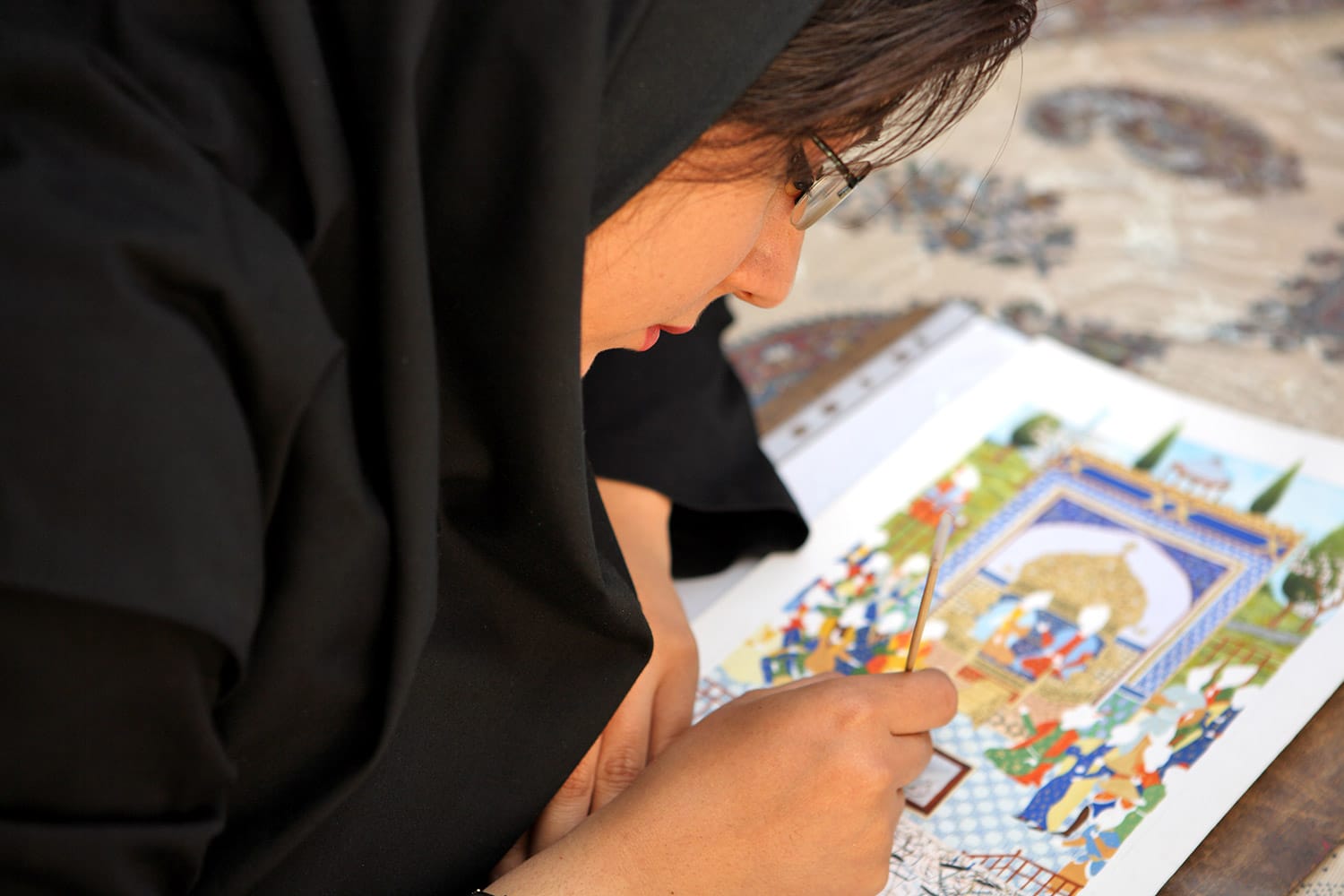
Pateh (Needlework):
Pateh is a traditional type of embroidery weaving rehearsed by neighborhood ladies in Isfahan. It includes dynamic and bright sewing on different textures, making delightful plans on scarves, sacks, and tapestries.
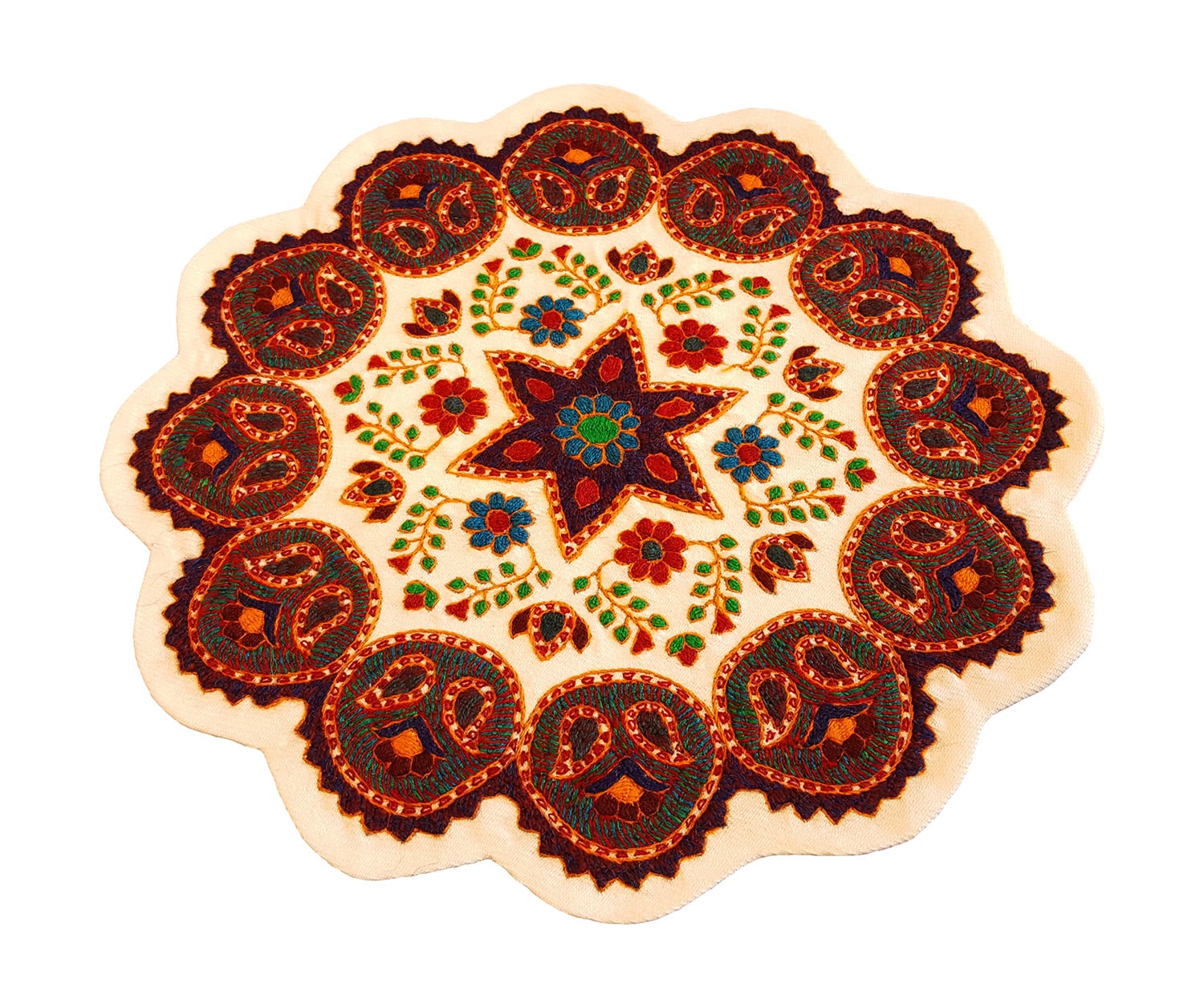
Copperware
Isfahan is known for its fine copperwork, including decorative plates, trays, teapots, and vases. The artisans skillfully handcraft these items, often featuring intricate designs and patterns.
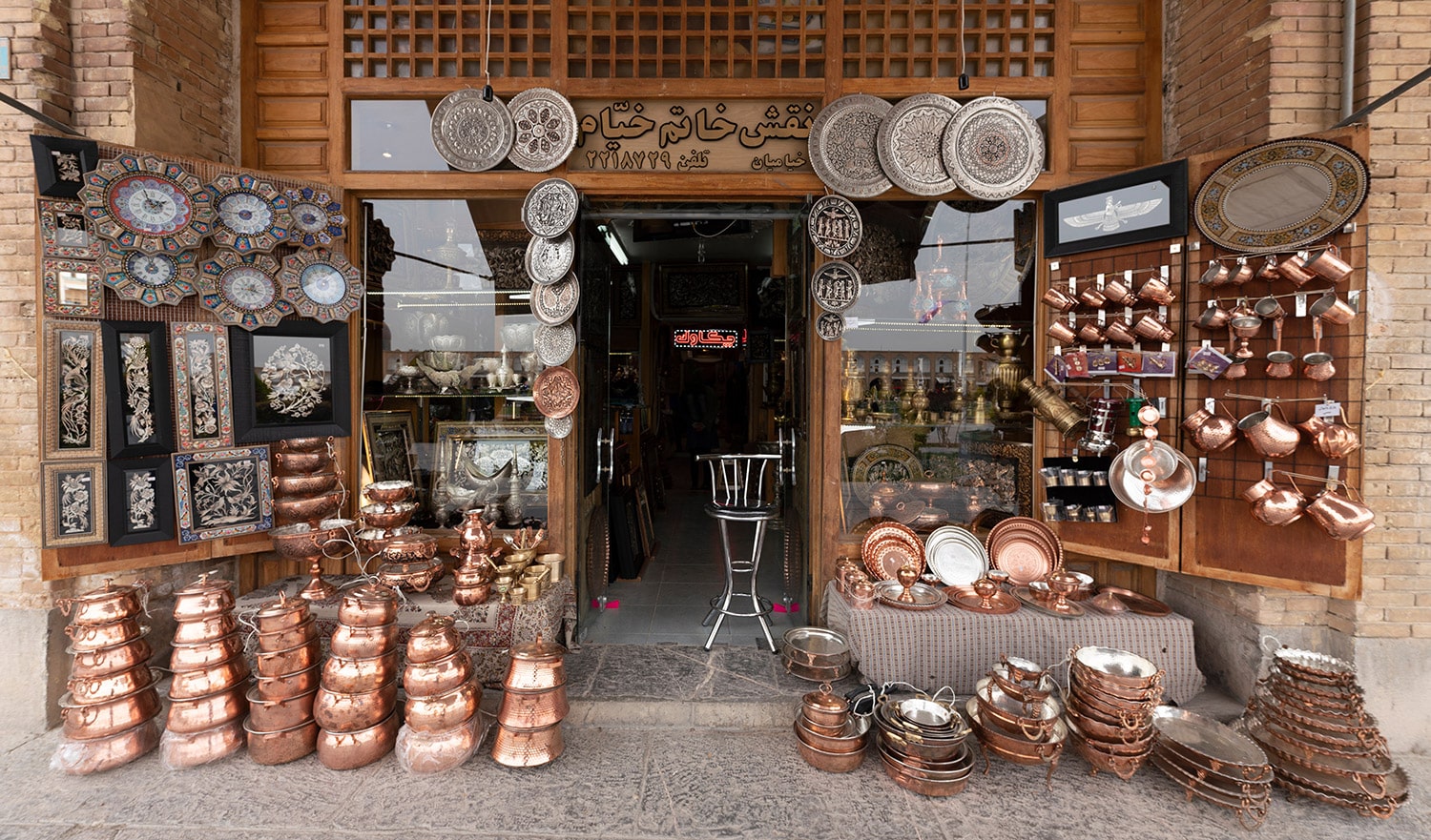
Miniature Carpets and Rugs
Floor coverings and mats are a fundamental piece of Persian culture, and Isfahan delivers the absolute most flawless pieces. Smaller than normal floor coverings and mats with complicated examples and plans are famous gifts for travelers.
Khatam-Kari (Wood Trim)
Khatam-Kari is a traditional Persian strategy of trimming different materials like wood, metal, and unresolved issue unpredictable mathematical examples on boxes, photo placements, and enlivening things.
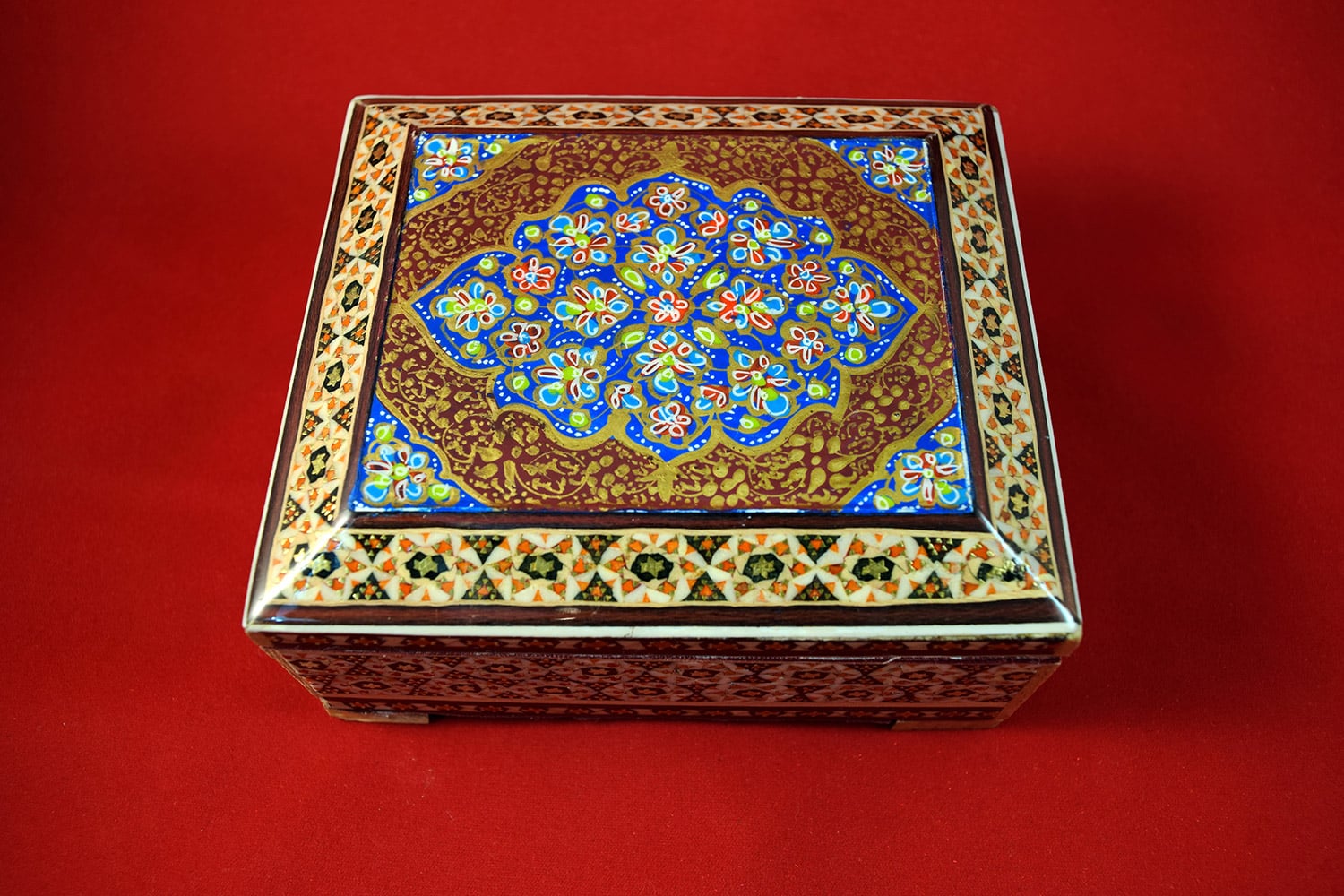
Gaz (Persian Nougat)
Gaz is a sweet and chewy dessert produced using pistachios, almonds, and rosewater. It is a well known gift from Isfahan and can be tracked down in different stores and markets.
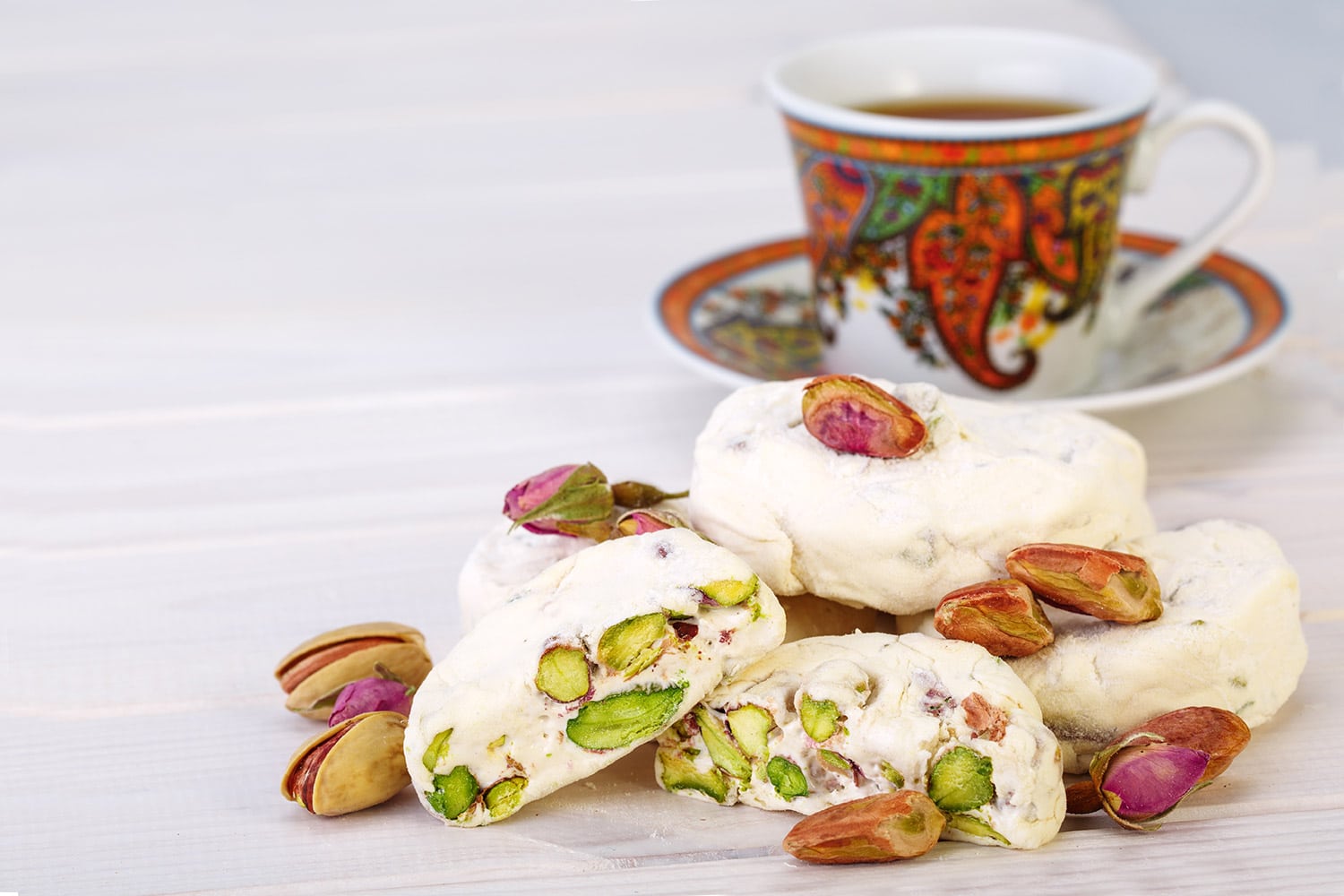
Ghalamkar (Block Printing)
Ghalamkar is a traditional type of texture printing utilizing wooden blocks. You can find Ghalamkar items like decorative liners, scarves, and tapestries including delightful botanical examples.
Turquoise Jewelry
Turquoise has exceptional importance in Iranian culture, and Isfahan is known for its turquoise gems. Look for intricately designed rings, earrings, pendants, and bracelets adorned with this beautiful blue gemstone.
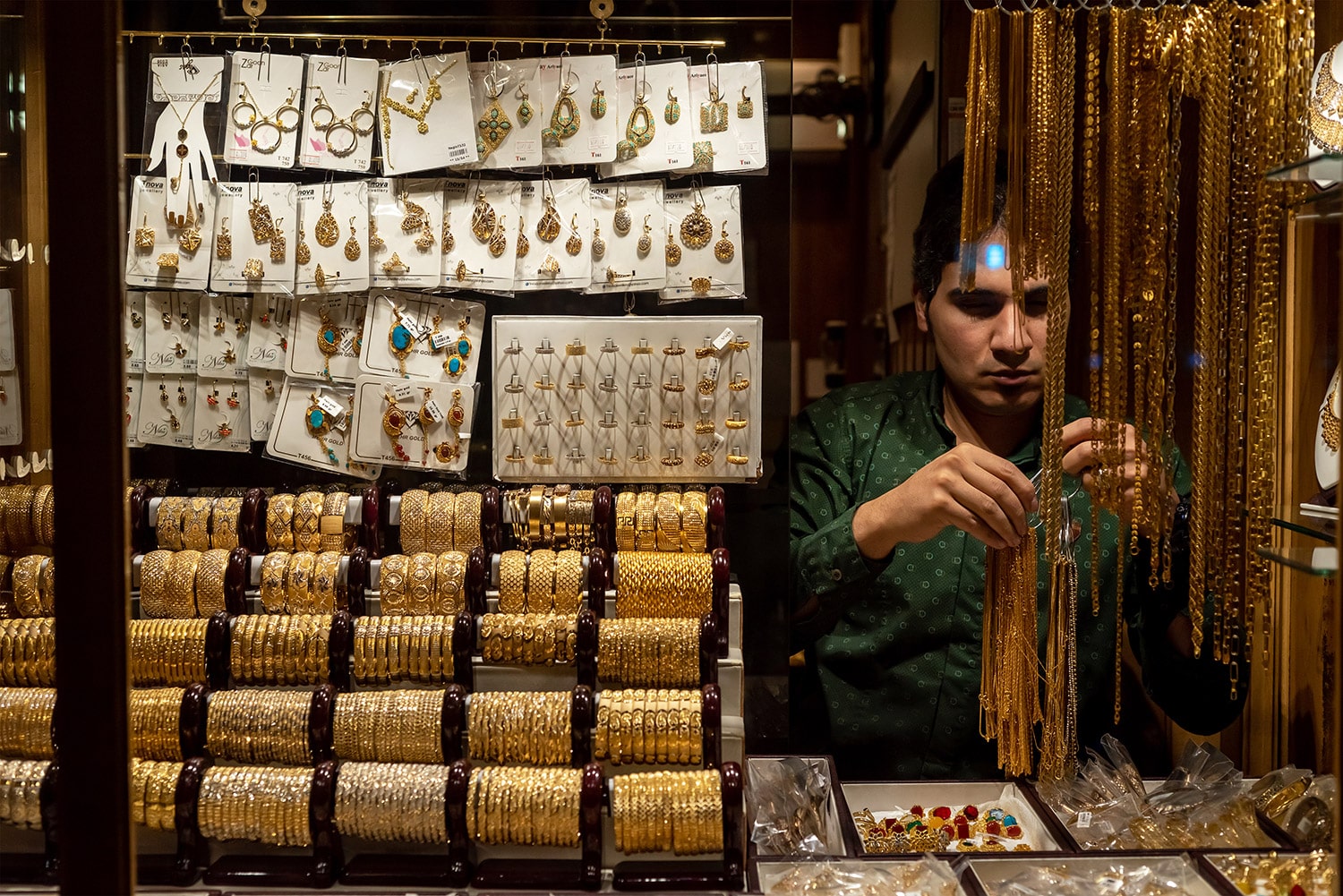
Enamelware
Isfahan is famous for its conventional enamelware, which incorporates embellishing plates, bowls, and jars with brilliant lacquer plans on metal surfaces.
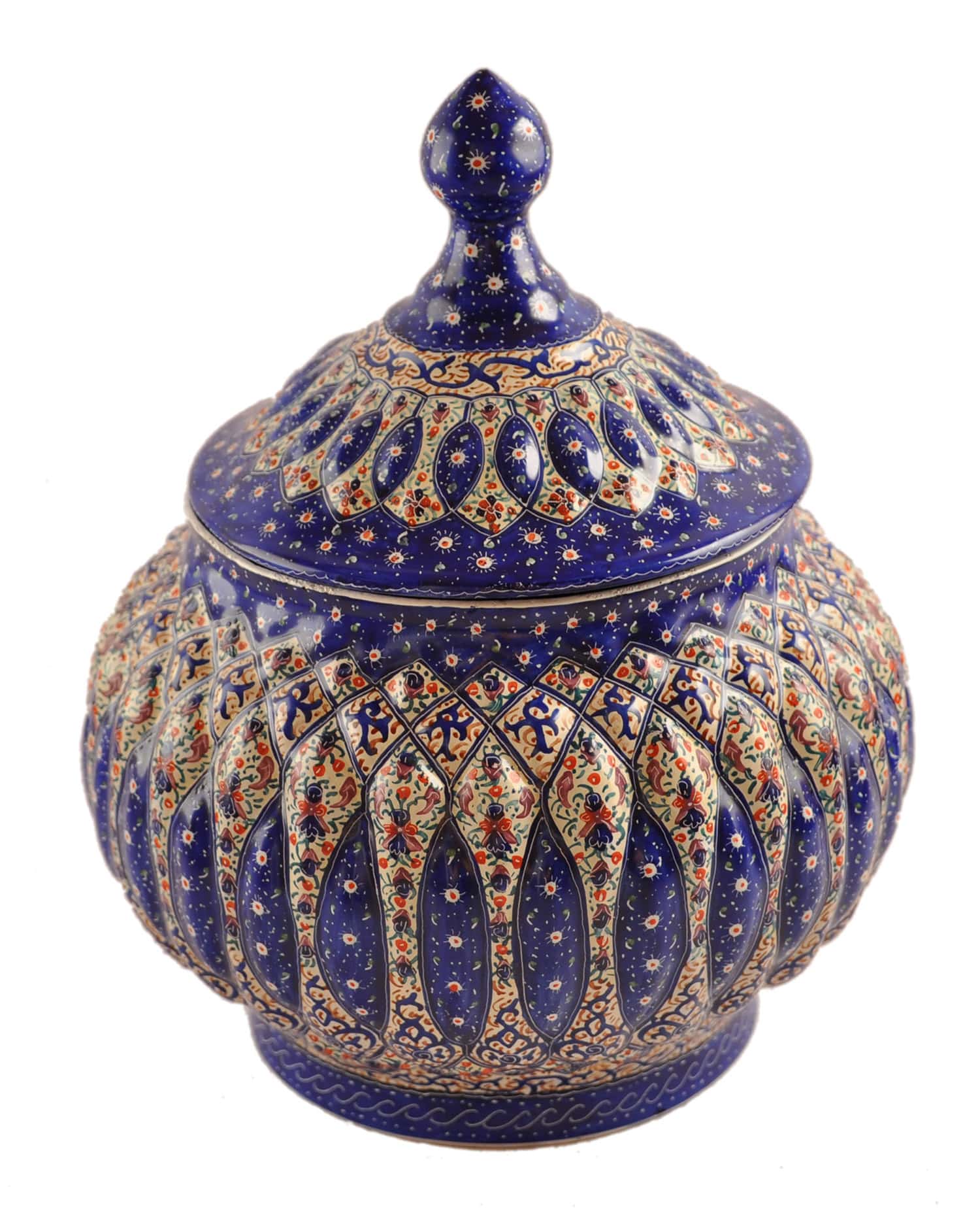
Saffron and Rosewater
Iran delivers probably the best saffron on the planet, and rosewater is another well known item. Both saffron and rosewater are generally utilized in Persian food and make beautiful culinary trinkets.

While looking for souvenirs in Isfahan, consider visiting the Grand Bazaar and local handiwork markets, where you can track down a wide assortment of these conventional things. Dealing is a typical practice in Iranian business sectors, so make sure to the cost, yet consistently do as such cheerfully and regard for the dealer’s specialty. By bringing back these one of a kind souvenirs, you can convey a piece of Isfahan’s rich culture and history with you.
Isfahan weather
Isfahan encounters a semi-dry environment, described by sweltering and dry summers and cold winters. The climate in Isfahan can be very outrageous, with temperature varieties between seasons. Here is a short outline of the regular weather patterns in Isfahan consistently:
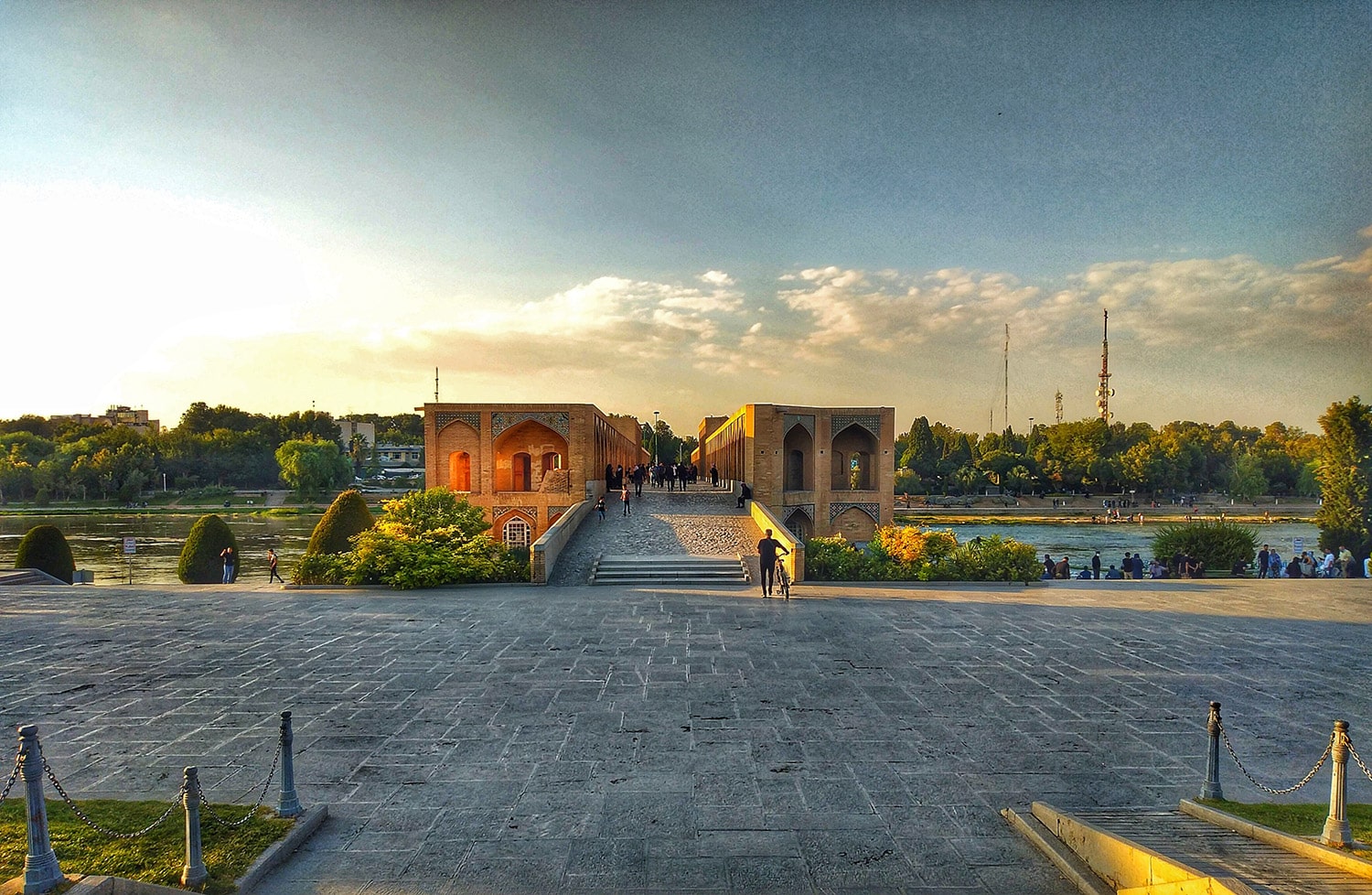
Spring (Walk to May)
Spring is one of the most outstanding times to visit Isfahan. The climate during this season is gentle and lovely, with daytime temperatures going from 15°C to 25°C (59°F to 77°F). The city shows some signs of life with sprouting blossoms and green scenes, making it an optimal time for touring and exploring outside attractions.
Summer (June to August)
Summers in Isfahan are blistering and dry. Daytime temperatures can take off to 35°C to 40°C (95°F to 104°F) or significantly higher, particularly in July and August. Evenings are somewhat cooler however can in any case be warm. Assuming you intend to visit during this season, be ready for the intensity and guarantee you stay hydrated while investigating the city.
Autumn (September to November)
Autumn is another pleasant time to visit Isfahan. The weather starts to cool down, and the temperatures range from 15°C to 28°C (59°F to 82°F) during the day. The city’s parks and gardens showcase beautiful autumn colors, creating a picturesque setting for visitors.
Winter (December to February)
Winters in Isfahan are cold, and temperatures can decrease underneath freezing, particularly during the evening. Daytime temperatures normally range from 5°C to 12°C (41°F to 54°F). Seeing snowfall, especially in January and February is normal. While the city encounters colder climate, it tends to be a novel encounter to see Isfahan embellished with a layer of snow.
By and large, the best opportunity to visit Isfahan is throughout the spring and pre-winter months, when the weather conditions is generally agreeable for outside exercises and touring. Assuming you favor cooler temperatures, you might appreciate visiting in harvest time. However, keep in mind that Isfahan can be crowded with tourists during the peak seasons. For those who can withstand the heat, early summer can also be a good time to explore the city, but be sure to stay hydrated and seek shelter during the hottest parts of the day.
Accommodation
Isfahan offers a range of hotels catering to different budgets and preferences. Whether you’re looking for luxury accommodation with all the amenities or a more budget-friendly option, you can find suitable hotels throughout the city. Here is an overview of some popular hotels in Isfahan:
Book Isfahan HotelsAbbasi Hotel
Perhaps of the most famous and rich hotel in Isfahan, Abbasi Hotel is a notable property tracing all the way back to the Safavid period. This 5-star Hotel offers richly adorned rooms, delightful yards, and brilliant offices. It is strategically placed close to the Naqsh-e Jahan Square and other significant attractions.
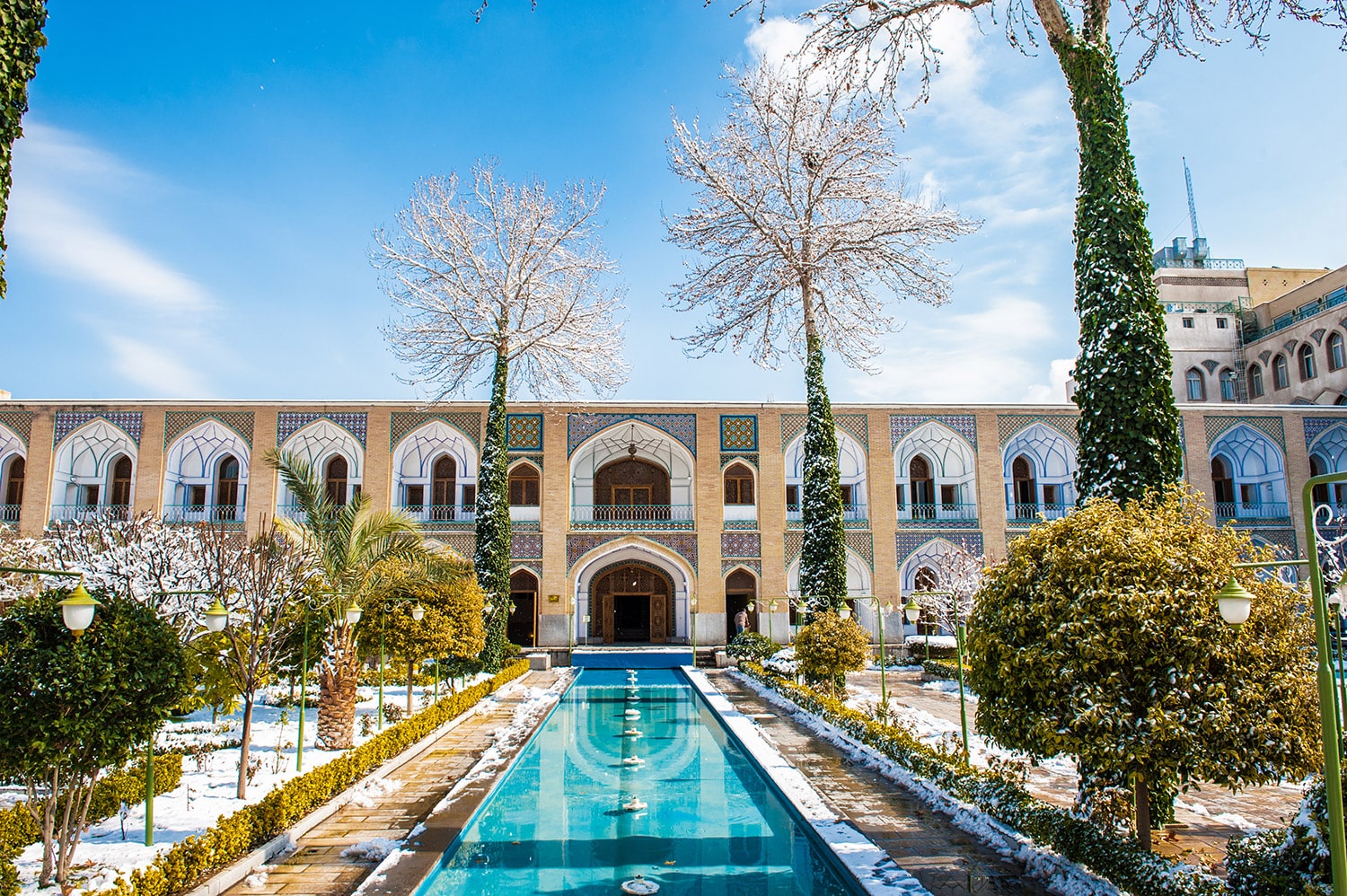
Parsian Kowsar Hotel
Another very good quality hotel with an incredible area, Parsian Kowsar neglects the Zayandeh Rover and Si-o-se Pol bridge. The hotel flaunts very much designated rooms, a rooftop restaurant with all encompassing perspectives, and a quiet garden.
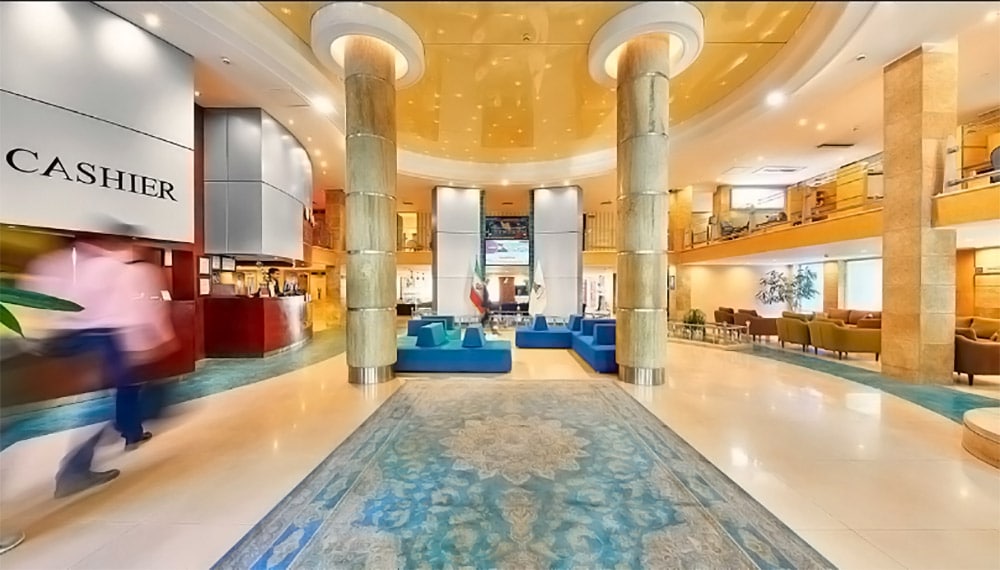
Ali Qapu Hotel
Arranged close to the notable Ali Qapu Castle and Imam Mosque, Ali Qapu Hotel offers comfortable rooms and a rooftop terrace with sweeping views of Isfahan. It’s an incredible mid-range choice for travelers looking for a central area.
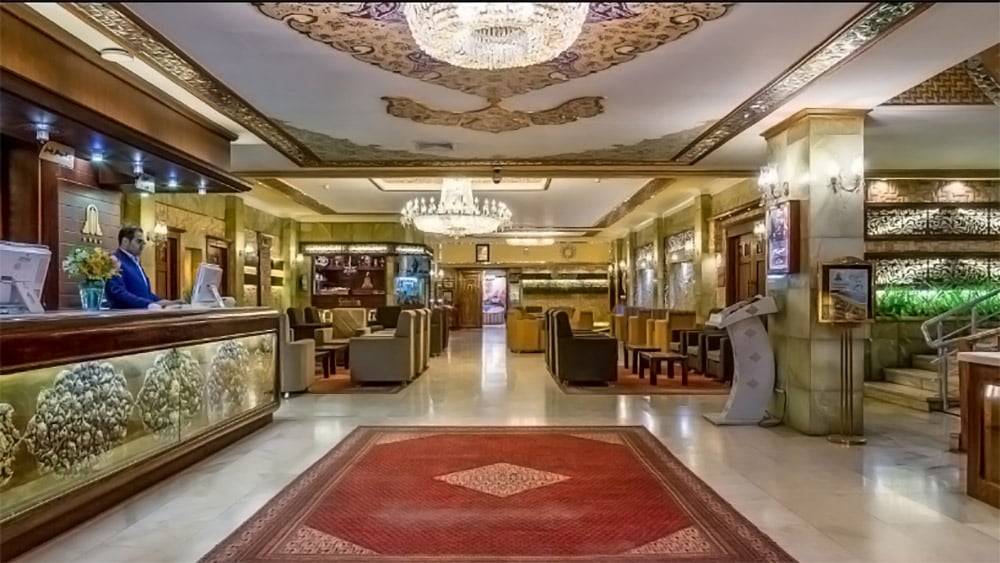
Khaju Hotel
Located near Khaju Bridge, this hotel offers wonderfully planned rooms with traditional components. The hotel’s yard and garden give a peaceful air to loosen up subsequent to investigating the city.
Piroozy Hotel
A budget-friendly accommodating choice, Piroozy gives agreeable rooms and is strategically placed close to the downtown area. It’s a good choice for travelers seeking affordable accommodation without compromising on basic amenities.
Safir Hotel
Arranged in the downtown area, Safir hotel offers modern rooms, a rooftop restaurant, and a fitness center. It’s a well known decision for both leisure and business travelers.
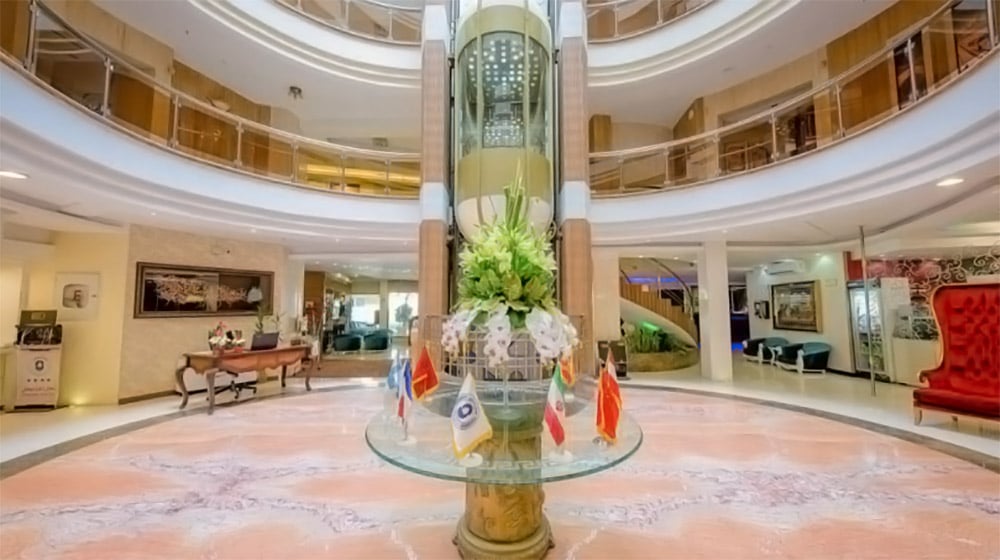
Setareh Hotel
A 3-star hotel with a central location, Setareh Hotel offers comfortable rooms, a restaurant, and a friendly staff.
When booking a hotel in Isfahan, it’s a good idea to check recent reviews and ratings to ensure that the accommodation meets your expectations. Keep in mind that prices may vary depending on the season and demand, so booking in advance is recommended, especially during peak tourist seasons. Additionally, some hotels may have certain cultural norms, so it’s helpful to familiarize yourself with local customs and policies to have a respectful and enjoyable stay.
Shopping Centers
Isfahan offers a different shopping experience with a blend of current retail plazas, customary marketplaces, and nearby business sectors. Here are a portion of the popular retail outlets in Isfahan:
Isfahan City Center (Isfahan Mall)
This massive shopping complex is one of the largest in Iran and the Middle East. Isfahan City Center offers a wide range of shops, boutiques, international brands, restaurants, cafes, and entertainment facilities. The mall also includes a hypermarket and a cinema complex, making it a one-stop destination for shopping and leisure.
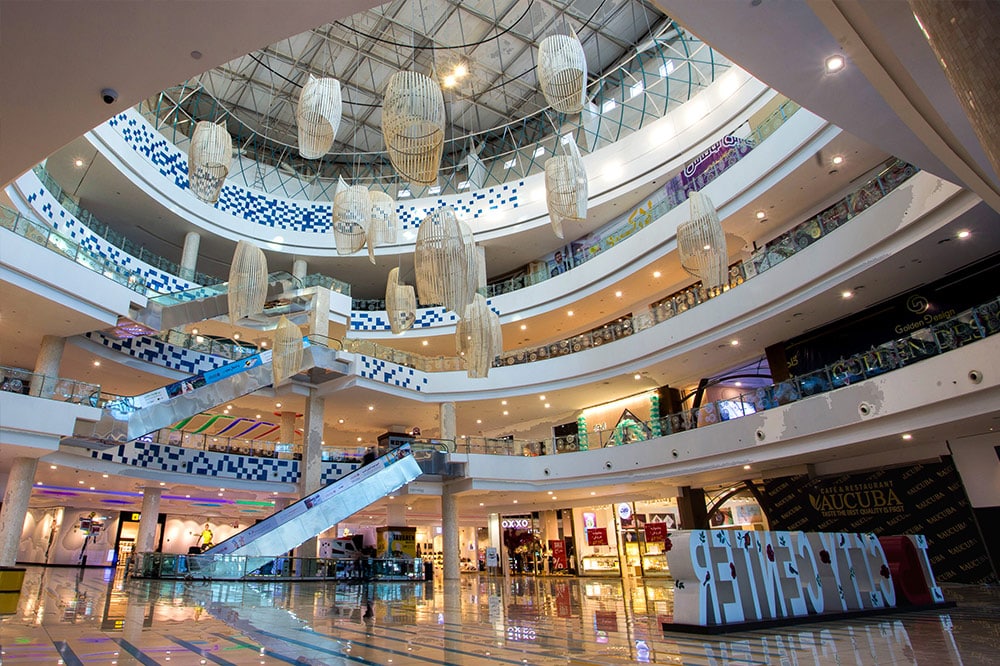
Proma Shopping Center
Proma is another famous mall in Isfahan, known for its cutting edge engineering and various shopping choices. It houses various stores selling clothing, embellishments, gadgets, and family things. The retail plaza also includes cafés, bistros, and a food court.
Jame Mosque Bazaar
Located near the Jameh Mosque, this bustling bazaar is one of the oldest and most traditional shopping areas in Isfahan. It offers a vibrant atmosphere with vendors selling a variety of goods, including handicrafts, textiles, spices, and souvenirs. It’s an excellent place to experience the local culture and find unique items.
Naqsh-e Jahan Square Bazaar
Otherwise called the Grand Bazaar, this notable market encompasses the heavenly Naqsh-e Jahan Square and is an UNESCO World Heriateg site. The marketplace traces all the way back to the 17th century and is popular for its delightful design, many-sided tile work, and customary Persian artworks. Here, you can track down floor coverings, carpets, copperware, smaller than usual compositions, and other handcrafted products.
Khosrow Grand Bazaar
This market is situated close to Si-o-se Pol bridge and is a more local and authentic shopping destination. It offers a variety of goods, including clothing, shoes, accessories, and household items, at reasonable prices. Khosrow Grand Bazaar is an excellent place to shop for everyday necessities and bargain with local vendors.
Iran Hypermarket
In the event that you’re hoping to purchase food and day to day fundamentals, the Iran Hypermarket is a notable choice in Isfahan. It’s a huge general store where you can track down a wide assortment of items with competitive prices.
These shopping centers in Isfahan cater to various tastes and budgets, and you can find everything from traditional handicrafts to modern fashion and electronics. Remember to haggle in traditional bazaars, but fixed prices are standard in most modern shopping centers. Enjoy exploring the vibrant shopping scene of Isfahan and bring home some fantastic souvenirs to cherish your time in this beautiful city.
Restaurants
Isfahan is not only famous for its historical sites and cultural attractions but also for its delicious and diverse cuisine. The city boasts a wide range of restaurants that offer traditional Persian dishes as well as international cuisine. Here are some famous restaurants in Isfahan that are worth a visit:
Shahrzad Restaurant
This restaurant is famous for its traditional Iranian dishes and its lovely setting. Shahrzad is situated in a historical mansion with enchanting Persian engineering and a beautiful yard. The menu includes various kebabs, stews, and rice dishes, all ready with true flavors.
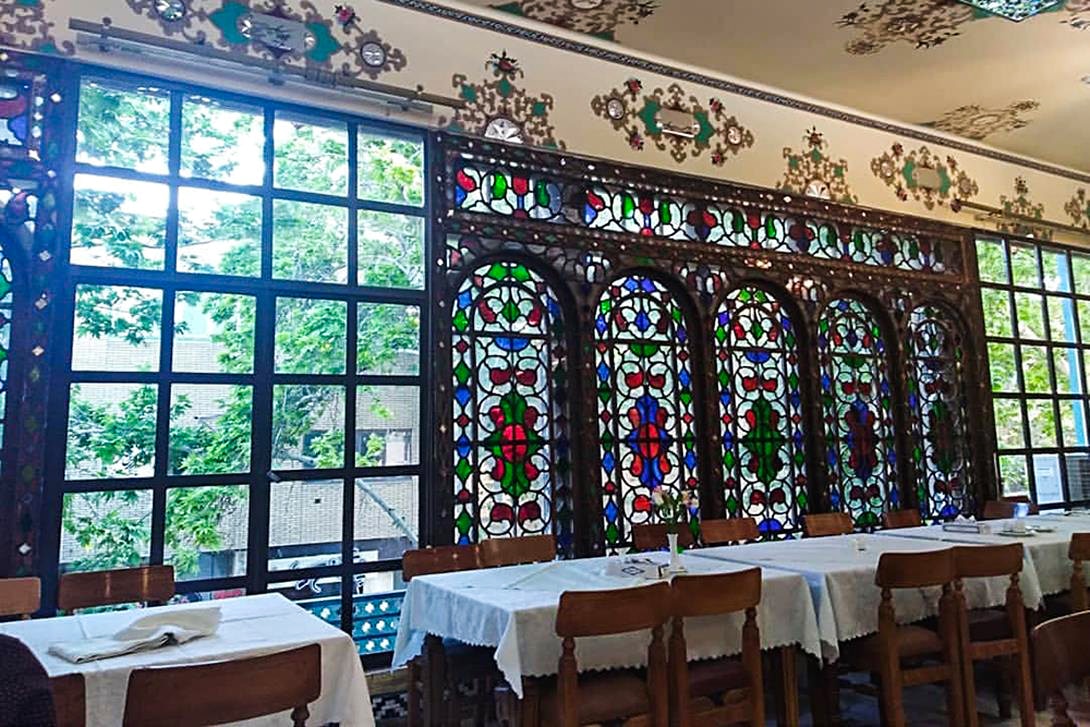
Beryani Restaurant
Beryani is famous known for its specialty dish, “Beryani.” This delightful and sweet-smelling rice dish is cooked with saffron, flavors, and your decision of meat or chicken. The restaurant offers a comfortable climate, making it an extraordinary spot to attempt conventional Isfahani cooking.
Azadegan Café & Restaurant
This restaurant is famous for its delicious “Bastani” (Persian ice cream) and traditional Iranian cuisine. Azadegan is a perfect spot to enjoy a leisurely meal while experiencing the warmth of Iranian hospitality.
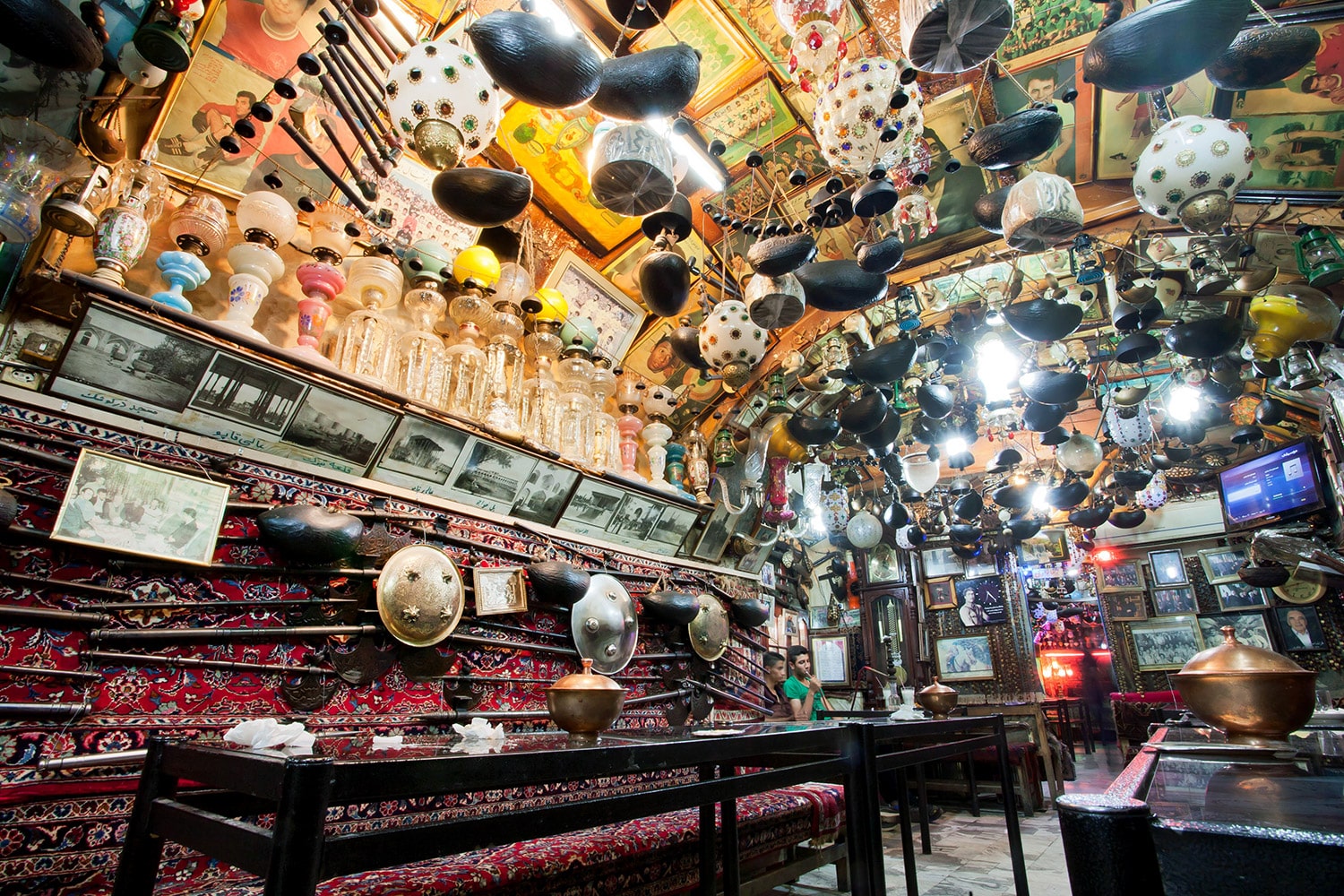
Hermes Café & Restaurant
Hermes offers a blend of traditional Iranian dishes and global food. The café has a wonderful porch with perspectives on the Zayandeh river, settling on it an incredible decision for feasting with a grand scenery.
Shahryar Restaurant
Located near the Khaju Bridge, Shahryar Restaurant offers a picturesque view of the bridge and the Zayandeh River. The menu features a variety of Iranian dishes and live music performances, creating a delightful dining experience.
Ghasr Monshi Restaurant
Situated in a historic building, Ghasr Monshi is famous for its traditional ambiance and delicious Persian cuisine. The restaurant’s interior is decorated with intricate tiles and beautiful paintings, adding to the overall dining experience.
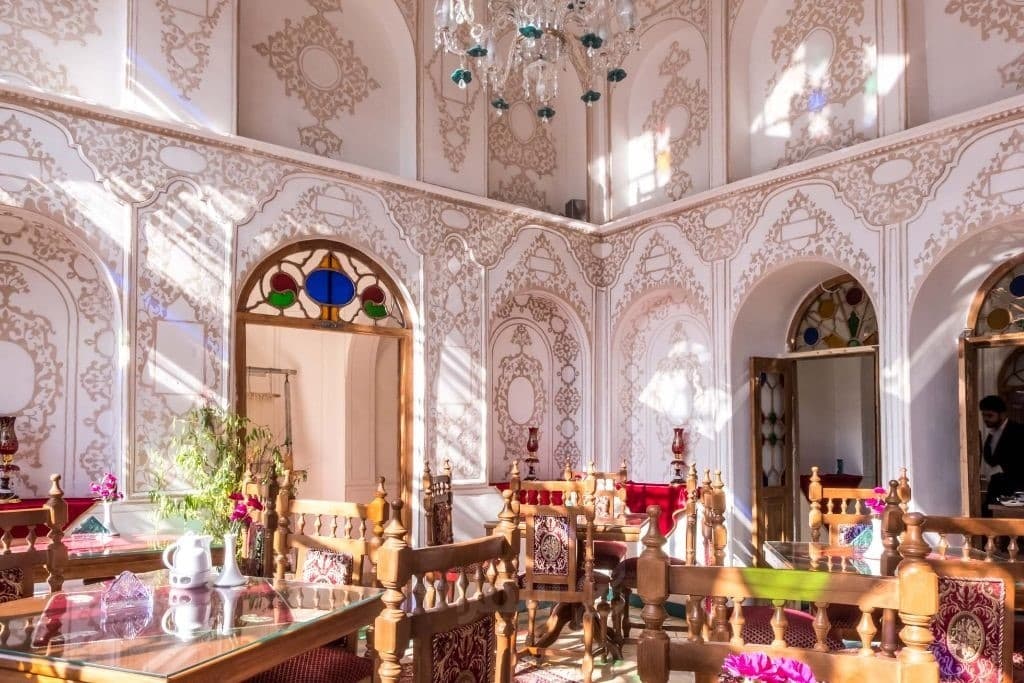
Malek Soltan Jarchi Bashi Restaurant
This place is housed in a noteworthy caravanserai, giving a one of a kind setting to a dinner. The menu incorporates various traditional Iranian dishes served in a genuine climate.
Naghsh-e Jahan Café & Restaurant
Situated close to Naqsh-e Jahan Square, this restaurant offers an incredible perspective on the square and its encompassing attractions. The menu includes a blend of Iranian and worldwide dishes, pursuing it a well known decision among travelers.
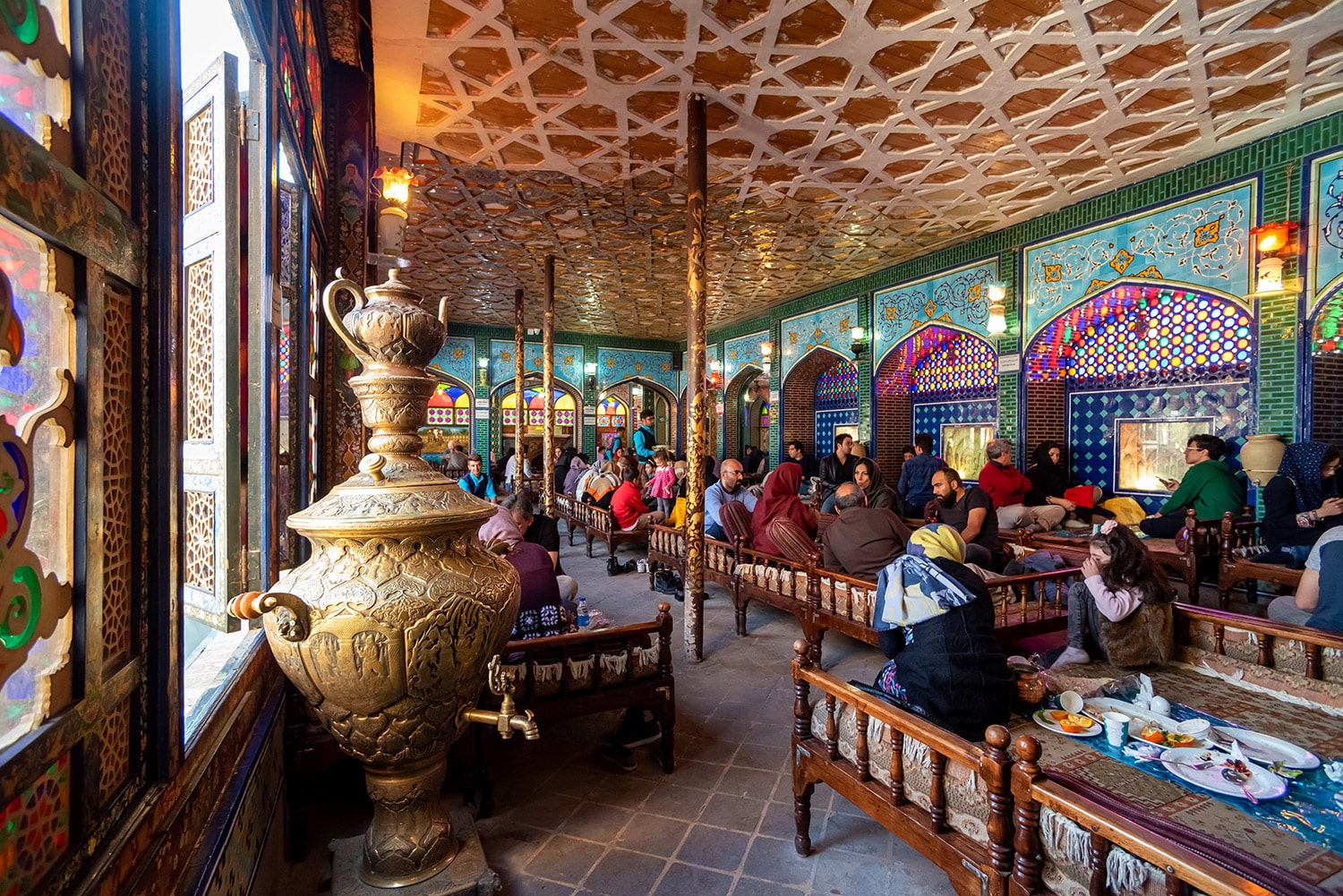
These are just a few examples of the famous restaurants in Isfahan. The city’s culinary scene is diverse and caters to different tastes, so you’ll have plenty of opportunities to savor the flavors of traditional Persian cuisine and indulge in the warm hospitality of the locals. Whether you’re looking for a fine-dining experience or a casual meal, Isfahan has something to offer for every palate.
